Media | Articles
2022 Audi RS 3 Review: One of the last great sport sedans
The Audi RS 3 is a special car, and that’s obvious even on paper. There’s that growly turbo five-cylinder, with its clear link to Audi heritage, the small size, those flared fenders. Next to the competition, cars like the BMW M2 and Mercedes CLA 45, it stands out. But it’s important to understand what the Audi isn’t.
In 2015, I interviewed Harald Wester, a Fiat-Chrysler executive then CEO of Maserati. The Italian brand was in the middle of a course change, trying to regain relevance after years of slow sales. Wester was charming and smart, a smooth talker who readily acknowledged that his German competition had an engineering edge. To make up for that, he said, Maserati had to over-deliver on personality and emotion.
“Driving those cars is like wearing a uniform. Who cares? Nobody sees you… [but they are] damn good uniforms. Close to perfect pieces of engineering. Good for us they have no soul. They’re f***ing boring.”
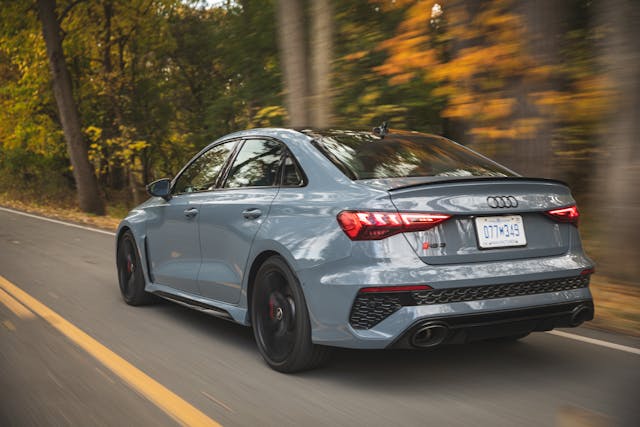
Strong words. You can probably picture that “uniform”: sleek proportions, in a color that disappears in traffic. Fast but not flashy. What an associate-level attorney would lease.
Regardless of what you think about Maserati, Wester’s point rings true. Modern vehicles, and luxury cars in particular, can look and feel interchangeable. Attempting to stand out, automakers have increasingly relied on icing like plastic bodywork accents, flashy infotainment screens, and LED light signatures.
Marketplace
Buy and sell classics with confidence
That nonsense, seemingly designed for a TikTok reel, is to some degree unavoidable on new cars, and the 2022 RS 3 carries its share: checkered-flag patterns appear in the daytime running lights, and the LED taillights are programmed to display a cheeky coming/going sequence. But underneath those gimmicks lives an engaging, satisfying, and distinctive performance sedan. One that costs a princely $59,995 but genuinely feels like a German hot rod and is far from “f***ing boring.”

Specs: 2022 Audi RS 3
- Price as tested: $65,440 (including destination)
- Powertrain: 2.5-liter turbo I-5; seven-speed dual-clutch automatic
- Output: 401 hp @ 6500 rpm, 369 lb-ft @ 3500 rpm
- Layout: All-wheel-drive, five-seat sedan
- Weight: 3649 lbs.
- EPA-rated fuel economy: 20/29/23 (city/hwy/combined)
- 0–60 mph: 3.6 seconds
- Top speed: 155 mph (180 mph available at extra cost)
Audi’s 2.5-liter, 401-hp, aluminum-block turbo five is the heart of the experience. Five-cylinder engines, an Audi signature, are rare in modern cars, and the layout’s traditional firing order (1-2-4-5-3) helps give a particular auditory character. In the RS 3, that means a deep growl at low revs that turns into a rich, controlled vibrato higher up. There’s none of the typical four-cylinder drone, and where a BMW straight-six is Nutella-smooth, the Audi’s five sounds a bit wild and uneven. Add in our test car’s optional black-tipped sport exhaust ($1000), you find yourself hitting the right pedal simply to hear the tones ebb and flow.
This engine is the only five-cylinder left in the U.S. passenger-car market. It’s an evolution of a powerplant that first appeared in 2009, in the 340-hp Audi TT RS. In 2016, that engine was updated to give 394 hp, for use in the TT and the first-generation RS 3. The current iteration adds 7 hp and 15 lb-ft, with max output now available at lower rpm and across a broader range of engine speed. Now that the TT is dead, the five is built exclusively for the RS 3.
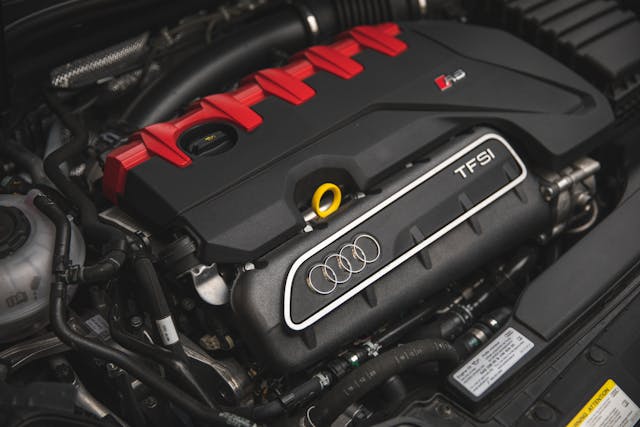
That’s a lot of muscle packed into what today passes for a little car. The RS 3 is the high-performance version of the Audi S3, which is itself a high-performance version of the A3 compact. Measure for measure, the A3 is almost exactly the same size as the B5-generation Audi A4 (1995–2001), and much of the RS 3’s underpinnings are shared with the current-generation Volkswagen Golf R hatchback. Where the VW employs a 315-hp four, however, Audi’s five makes the RS 3 a far more interesting prospect.
As in the Audi S3, a seven-speed automatic helps direct power to all four wheels, but the RS 3 enjoys an additional party trick: a true torque-vectoring rear differential. Up to 50 percent of engine torque can be sent to the rear axle, where the driveshaft meets something called the RS Torque Splitter. That’s Audi-speak for a pair of multi-plate clutch packs, one per rear half shaft, that can route 100 percent of available torque to the outside wheel. (The Golf R has the same basic hardware, though Audi stresses the RS 3’s calibration is optimized for that car’s different characteristics and extra grunt.)
There is a drift mode, branded as the RS Torque Rear mode, for silly snow or track antics, but you don’t need to activate it to feel the diff working. Unlike many all-wheel-drive cars, which can wash out and go inert under power in a turn, the RS 3 feels most alive under hard cornering. That’s a big difference from the S3, which is capable but not nearly as fluid and dynamic in its response to inputs.
Combine this with the RS 3’s super-quick steering, you get a package that is eager and downright addictive on a back road. It can be shocking how quickly you get comfortable seeking the car’s limits. Unlike Audi’s larger RS models—the RS 7, for example—the RS 3 seems to respond better the more you ask of it. The end result is what we look for in fast road cars—a drive that feels like a dialogue, not a series of commands and responses.
As you’d expect, the RS 3’s chassis is mighty stiff. The standard adaptive dampers offer excellent body control, particularly over sudden elevation changes, along with serene highway composure. The flip side is a dose of the typical German-sports-car thumping and thwacking over potholes, which adds a degree of white-knuckling on city streets. It’s worth pointing out that this thump-thwack also exists on the less expensive and less aggressive S3. The RS 3 does not feel more firm or more unpleasant, which is not always true for apex-performance versions of mainstream cars. In either case, most buyers will likely find the ride quality worth the trade-off, if barely.
The brakes are typical modern Audi RS, which is to say, more than enough for road use. Audi offers a carbon-ceramic brake package ($5500, bundled with a 180-mph speed limiter) for serious track work, and while we haven’t tested that setup, the standard steel-rotor arrangement is so powerful and consistent that it’s hard to imagine the ceramics giving discernible benefit on the street. Ducts and air guides in the car’s front bumper and undercarriage also bring what Audi says is a 20-percent increase in brake cooling compared to the previous RS 3. In testing, we experienced neither an ounce of fade nor any change in the pedal’s natural feel.
The RS 3’s interior is a sophisticated, refined design whose ergonomics don’t rely on too many touch screens, but it’s also, unfortunately, pretty much what you get in the less expensive S3. The seats are extremely supportive without the use of cartoonish or excessive bolsters. Audi’s Virtual Cockpit digital instrument cluster remains, after many years, among the best in the business. But the RS 3’s only real distinguishing mark is the honeycomb pattern on the seats, which replaces the S3’s diamond stitching. For $1500, Audi will pepper the cabin with neon-green accents, but only if your RS 3 is one of three colors—Daytona Gray Pearl, Glacier White Metallic, or Kyalami Green.
The exterior is more extroverted, a consequence of the aggressive proportions. This is a standard-looking sedan given bulging fenders, jutting sills, and a more angry face. And where other A3 variants are kind of plain at the rear, the RS 3 gets a prominent, full-width black accent piece with that same honeycomb texture. Next to the S3, the RS 3 is 1.5 inches longer, 0.1 inch lower, and 1.4 inches wider, with 1.9 inches of additional front track. We wouldn’t call it beautiful, and the last RS 3 was a lot more subtle, but the stance fits the personality.
All told, our test car clocked in at $65,440, including the $750 Black Optic Plus trim package. This is the only appearance pack available, and its generous dose of cosmetic changes looked mean with our example’s contrasting Kemora Gray metallic paint. The other available options are nice, but aside from that must-have sport exhaust, they really do seem optional and reasonably priced. (We can’t say the same of the AMG A45, which can get seriously spendy with a few box checks.)
You may have noticed that we have very little negative to say here. The skeptical among you may write this car off as a roided-out VW with a fancy badge. It is that, in a sense, but it’s also far more interesting. In an era where sport sedans are less common every day, no other car at this price hits the same notes: a 0–60 time under four seconds (3.6), all-weather and on-track capability, four doors, a back seat, a premium interior, and a unique engine that feels and sounds like nothing on the road.
There’s nothing “uniform” about a car with soul to spare. Eat your heart out, Harald.

2022 Audi RS 3
Price: $59,095 / $65,440 (base / as-tested)
Highs: Spectacular engine with character galore. Fun on a back road. Serious performance in a practical city-car package.
Lows: Interior is virtually identical to that of the more affordable S3. Exterior styling never quite seems all of a piece.
Takeaway: The most enjoyable and most impressive car in Audi’s entire lineup, and by a wide margin. A weapons-grade daily driver that’s anything but ordinary.
***
Check out the Hagerty Media homepage so you don’t miss a single story, or better yet, bookmark it. To get our best stories delivered right to your inbox, subscribe to our newsletters.









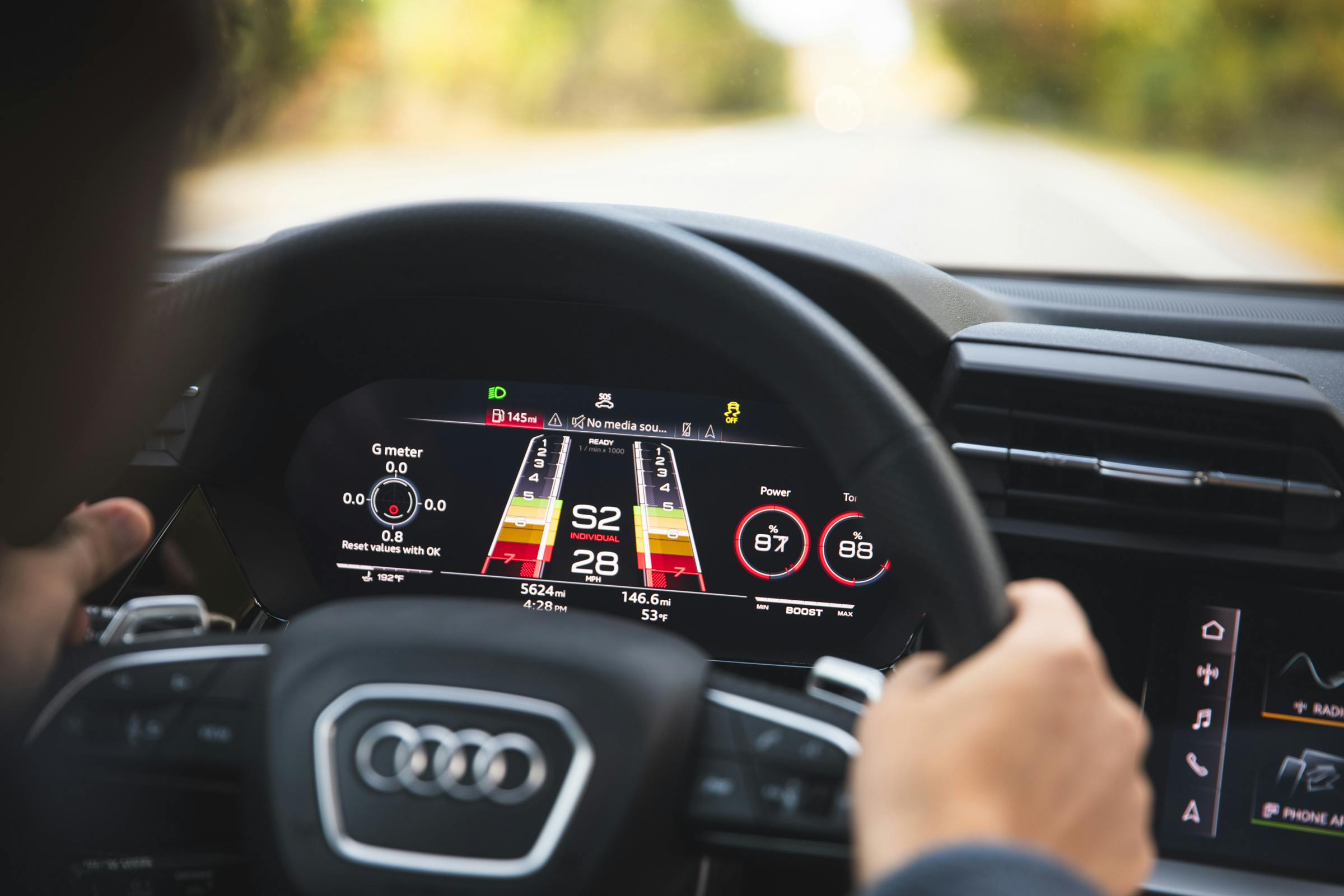
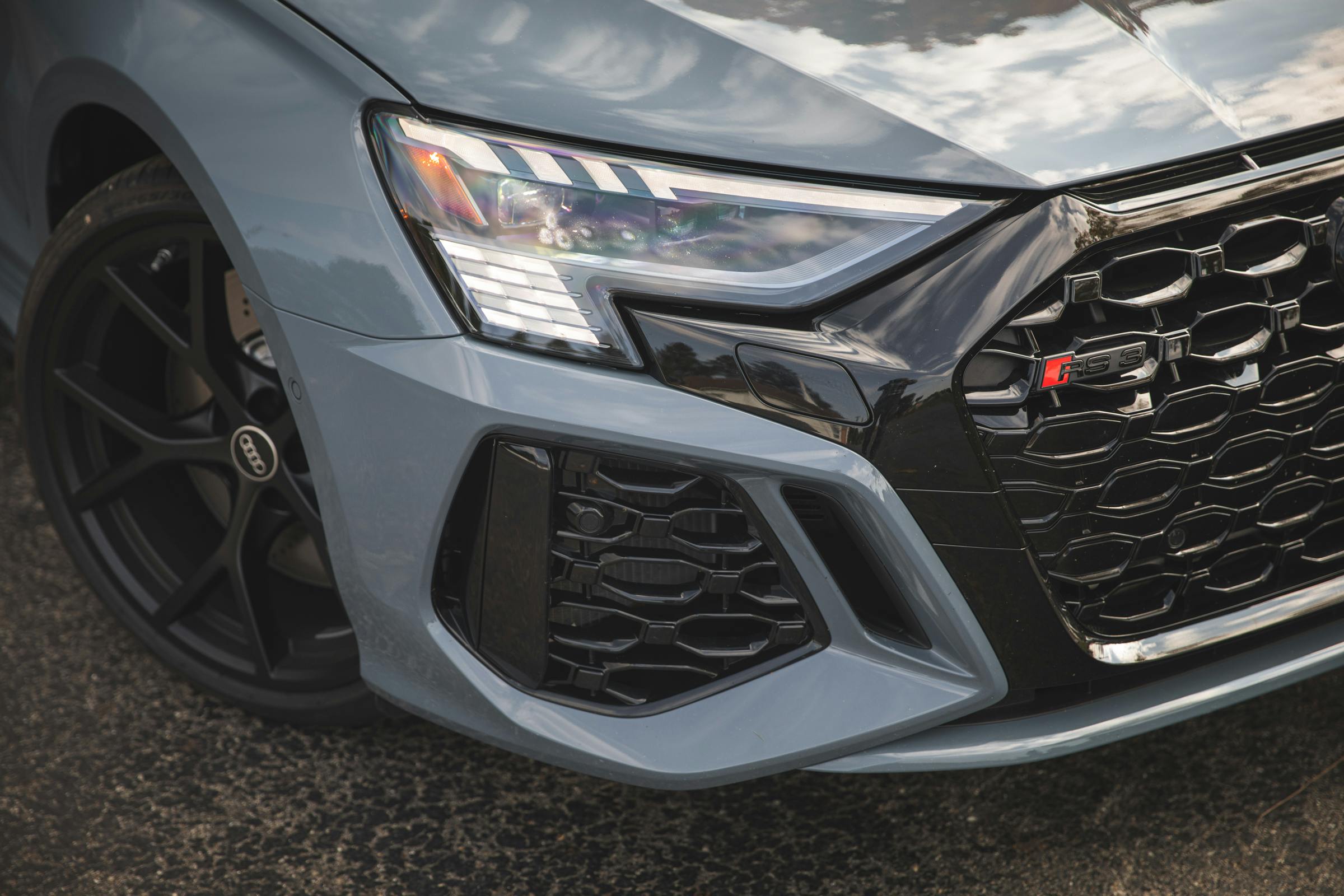
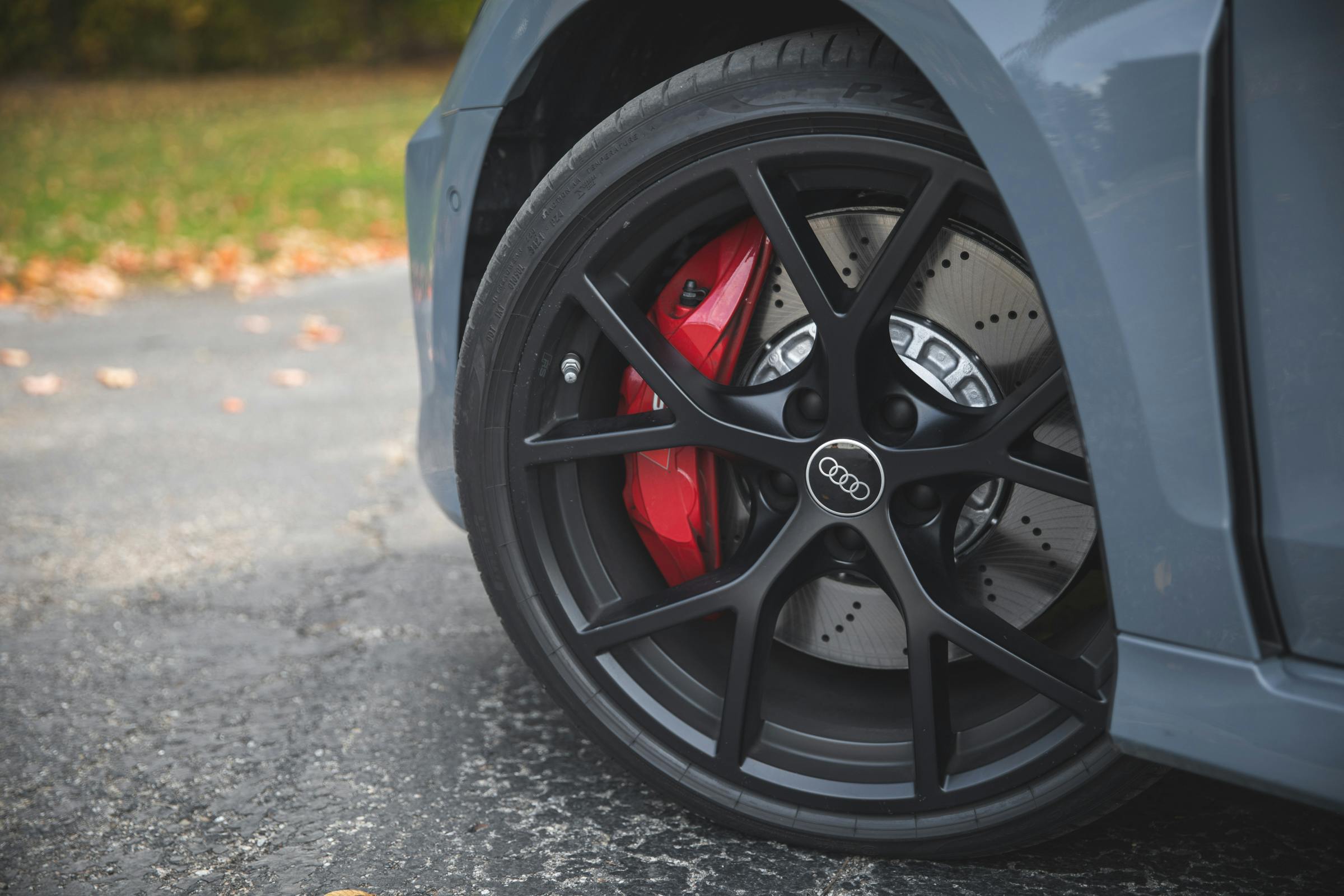
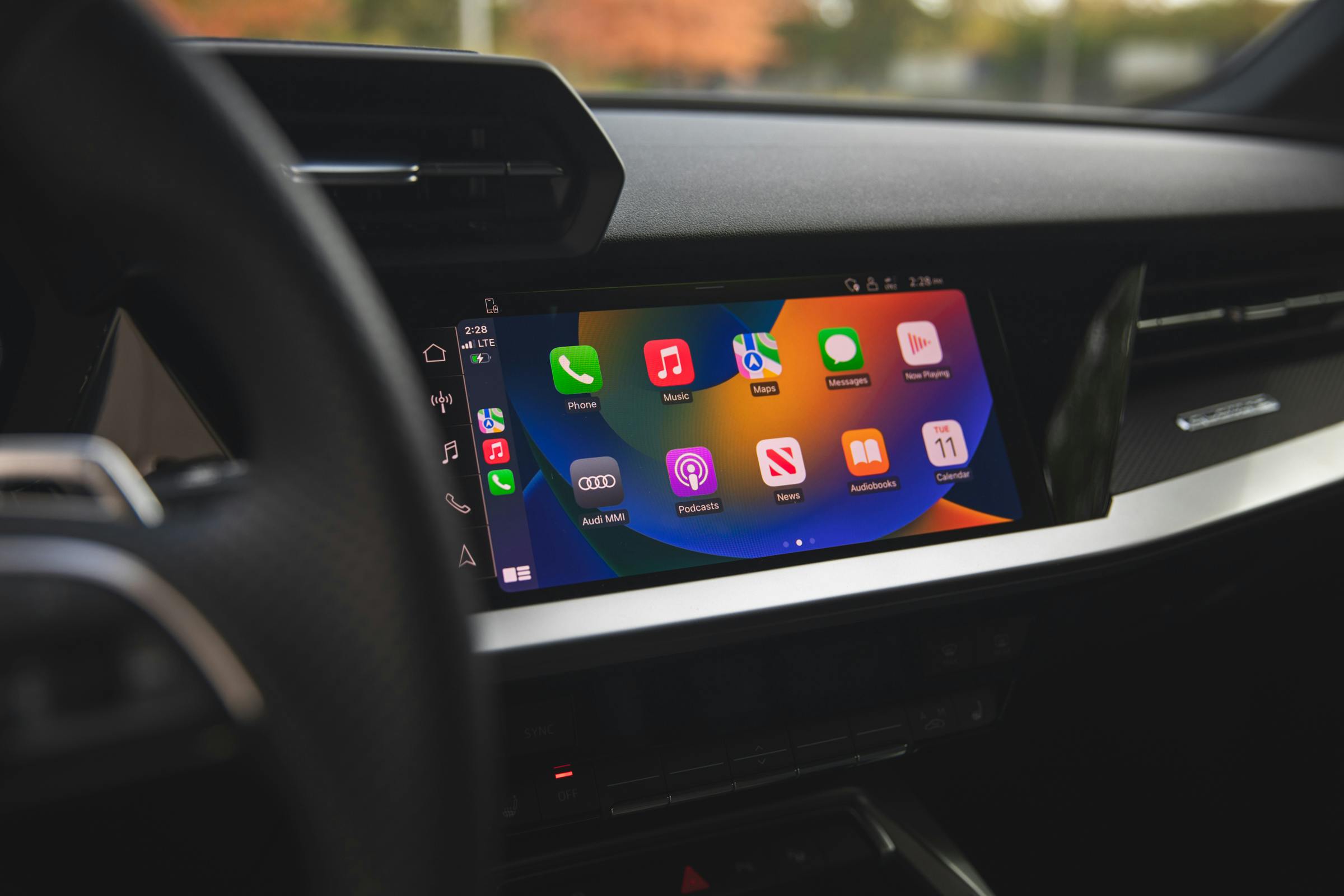
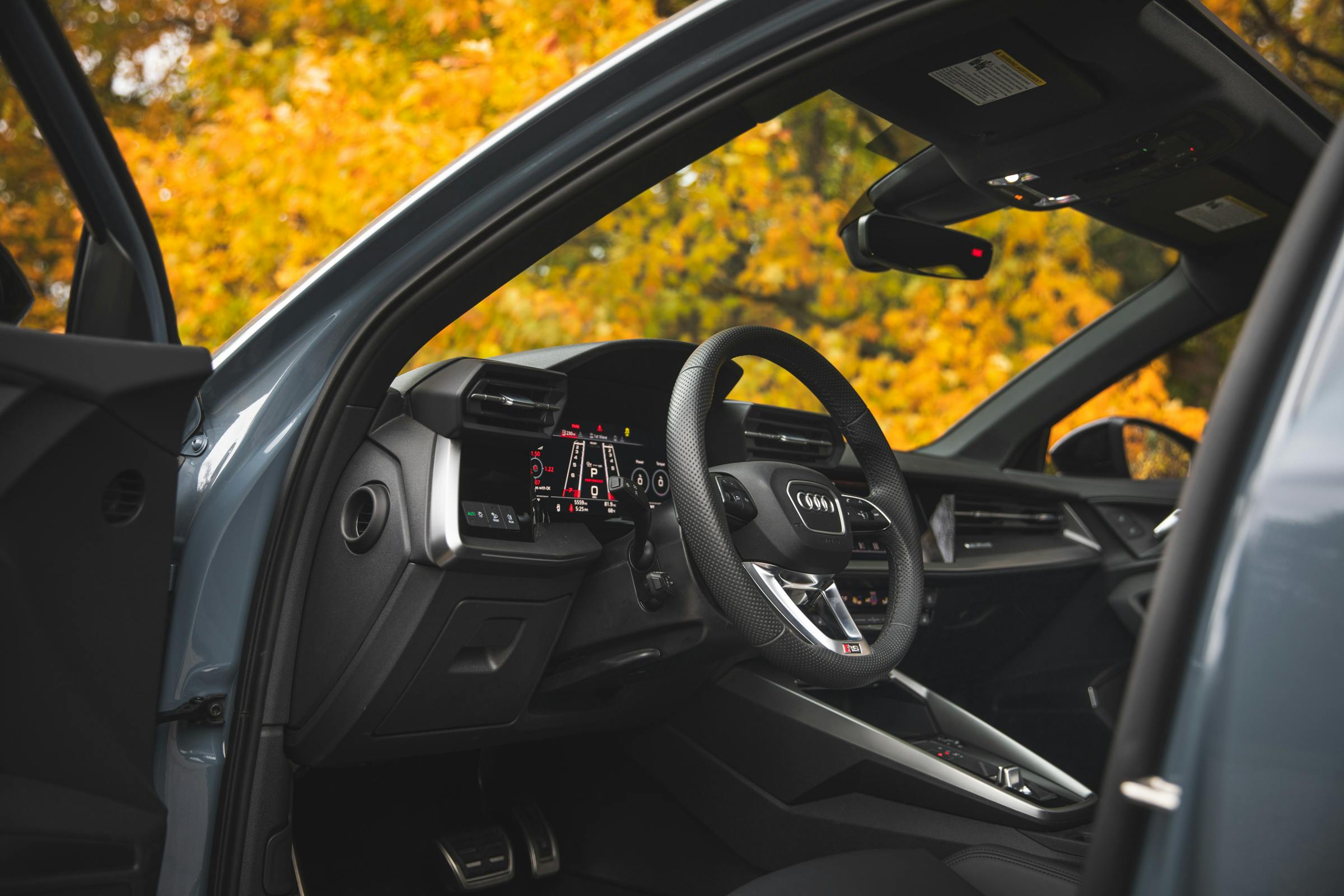
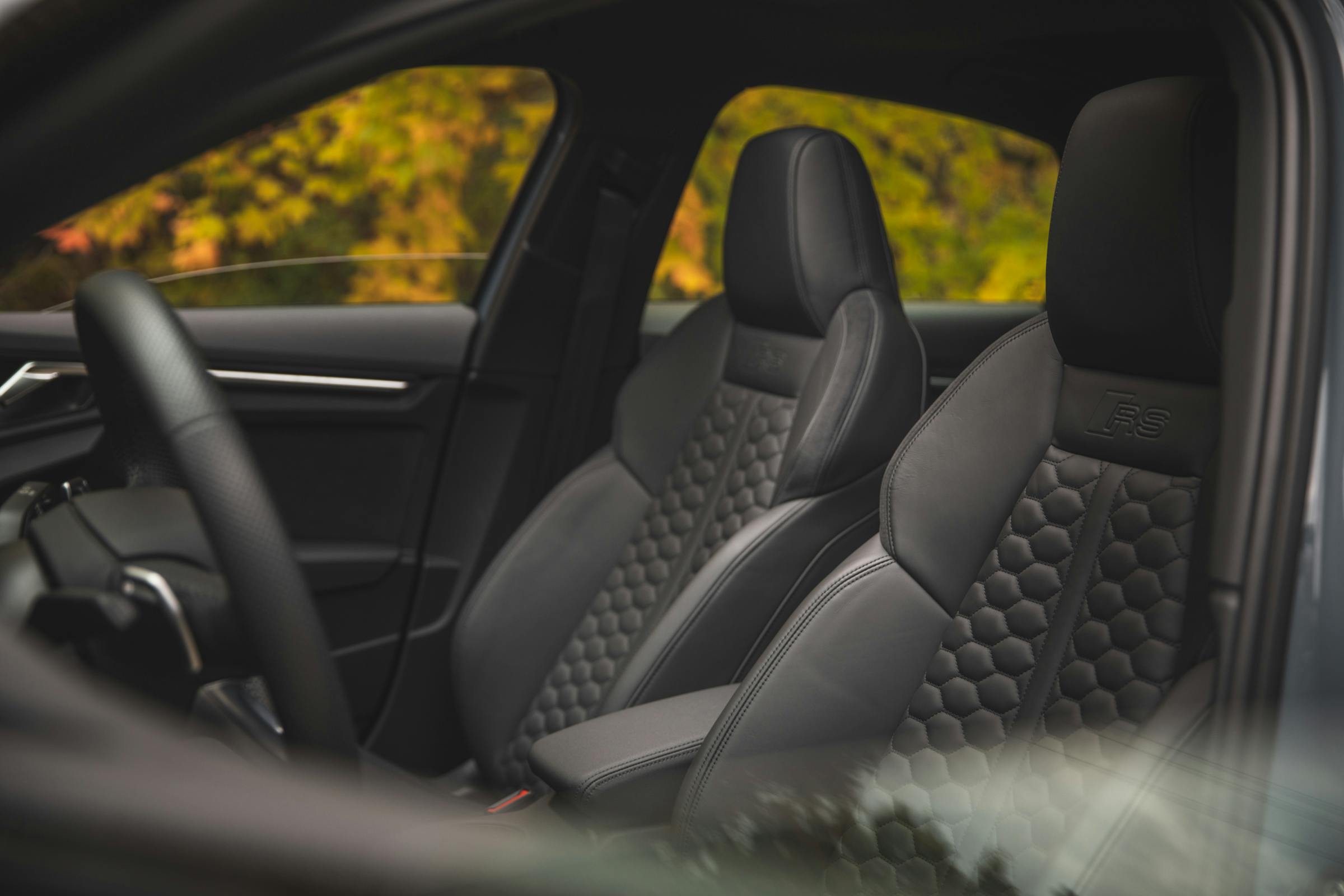
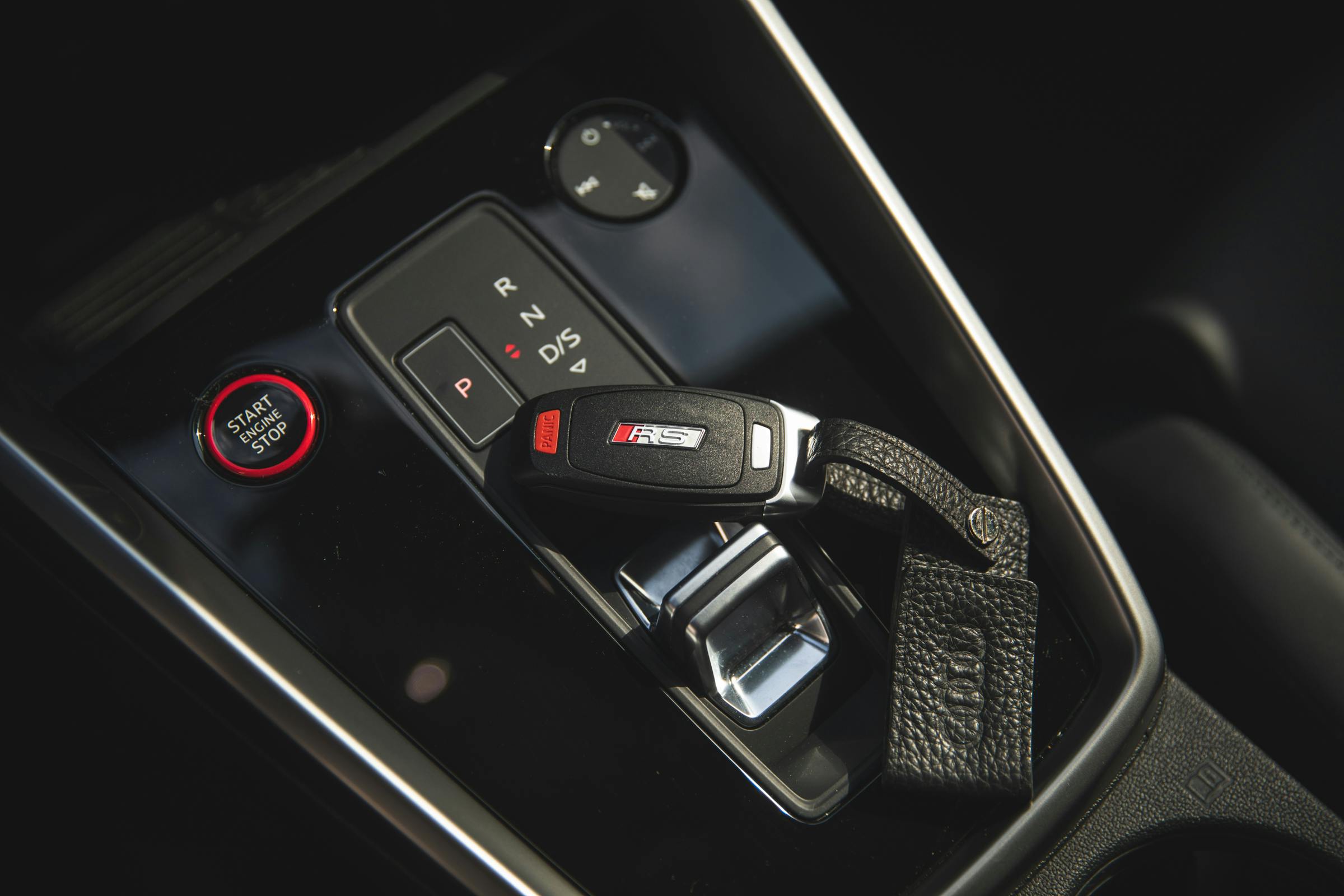
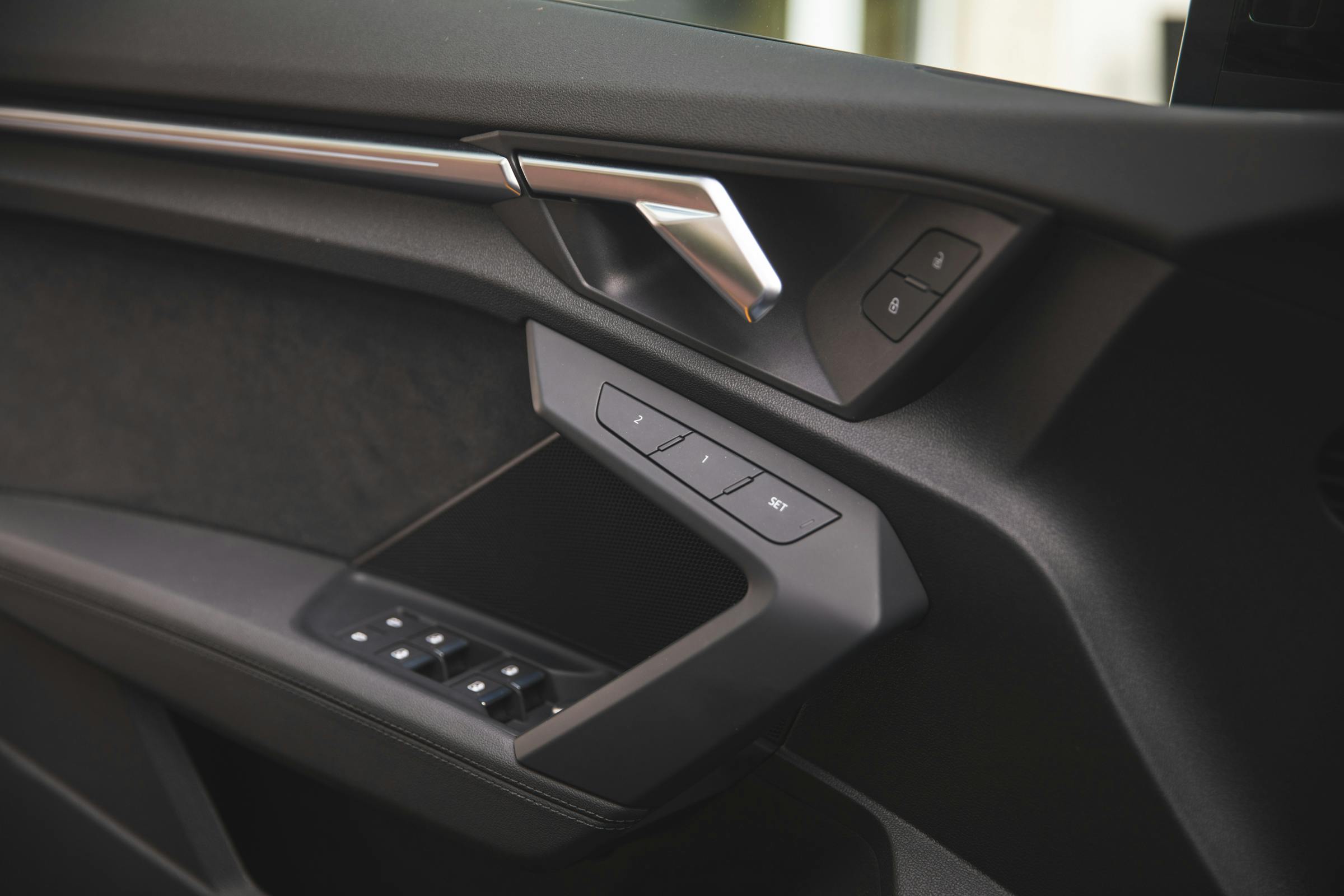
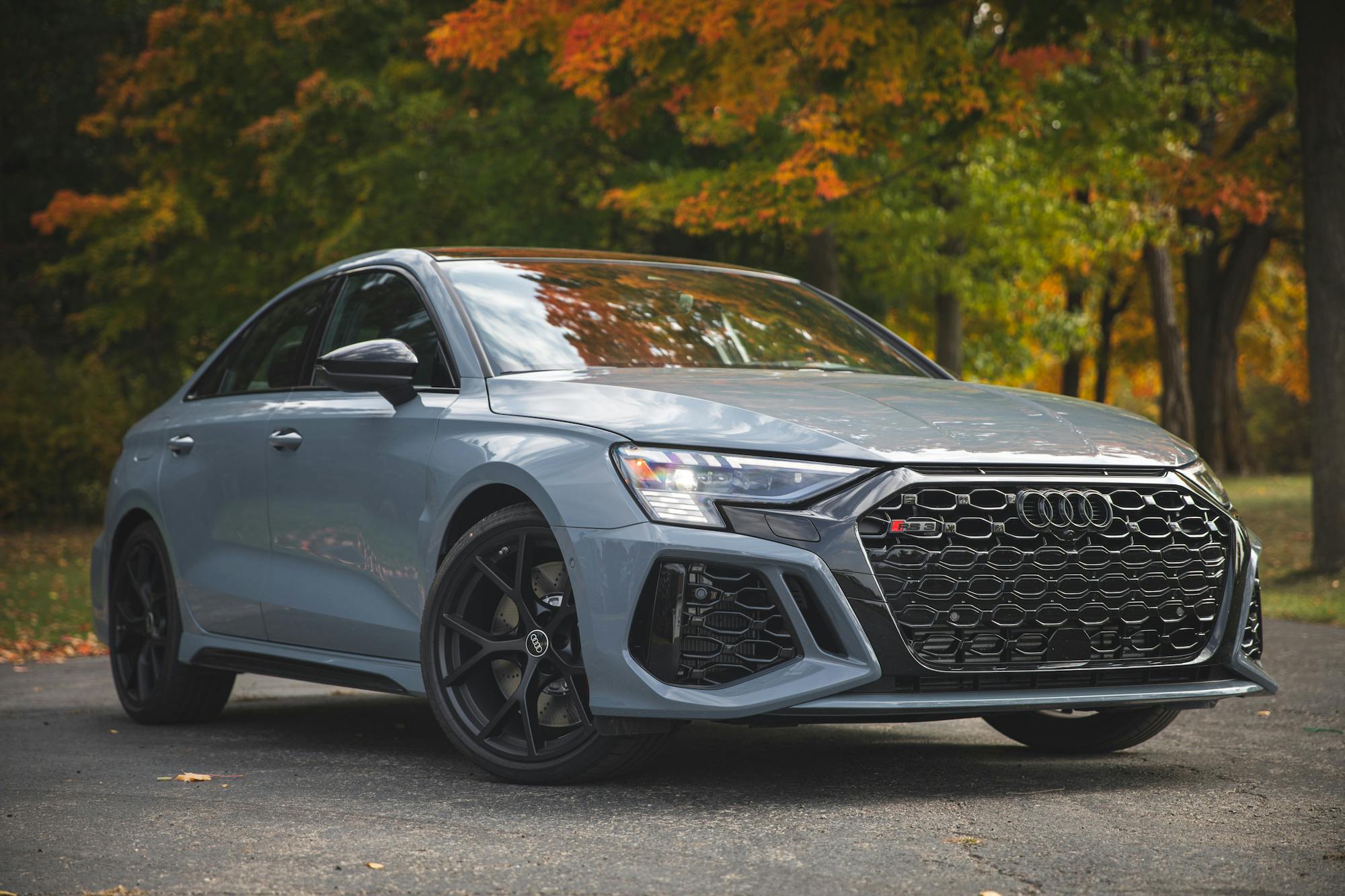
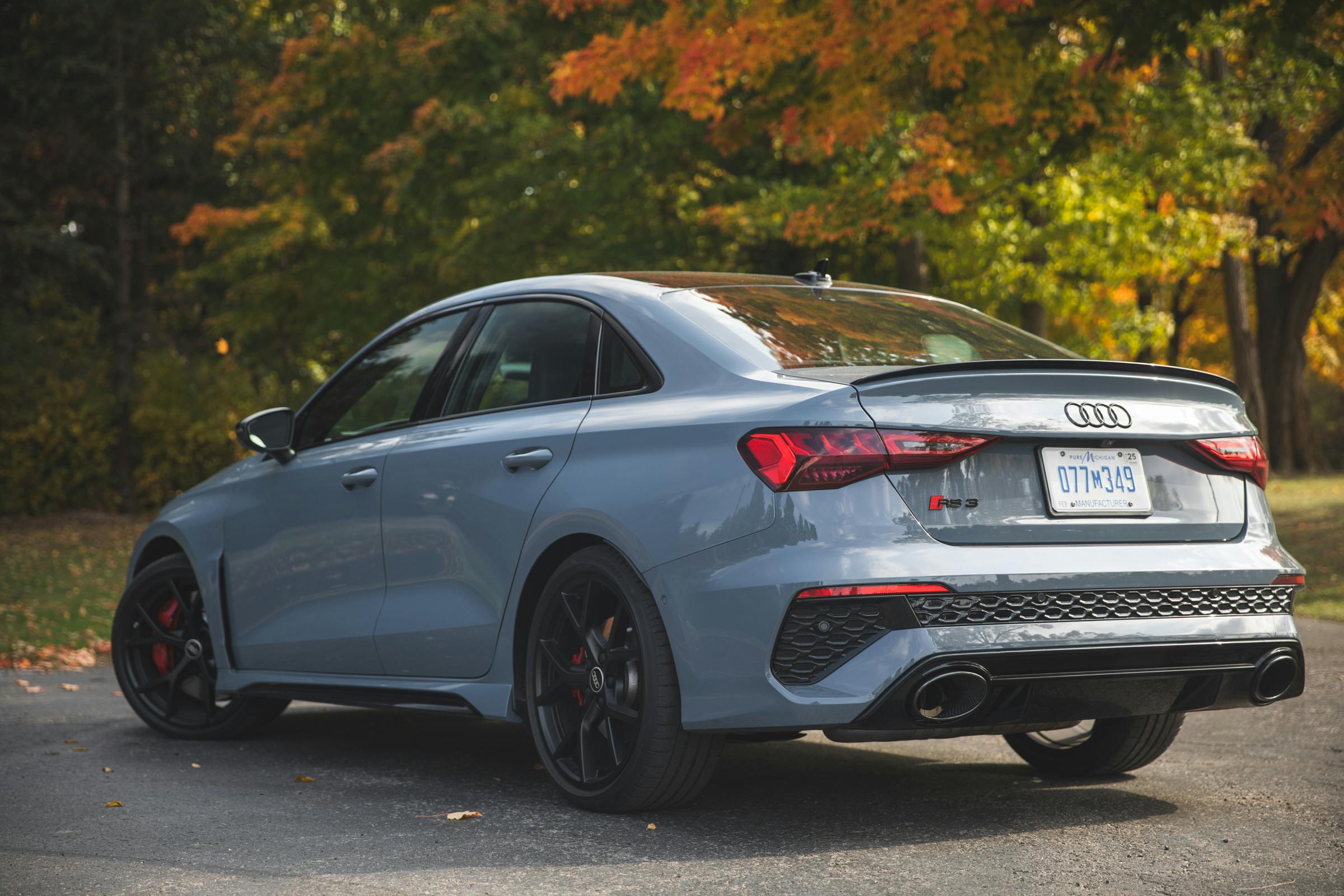
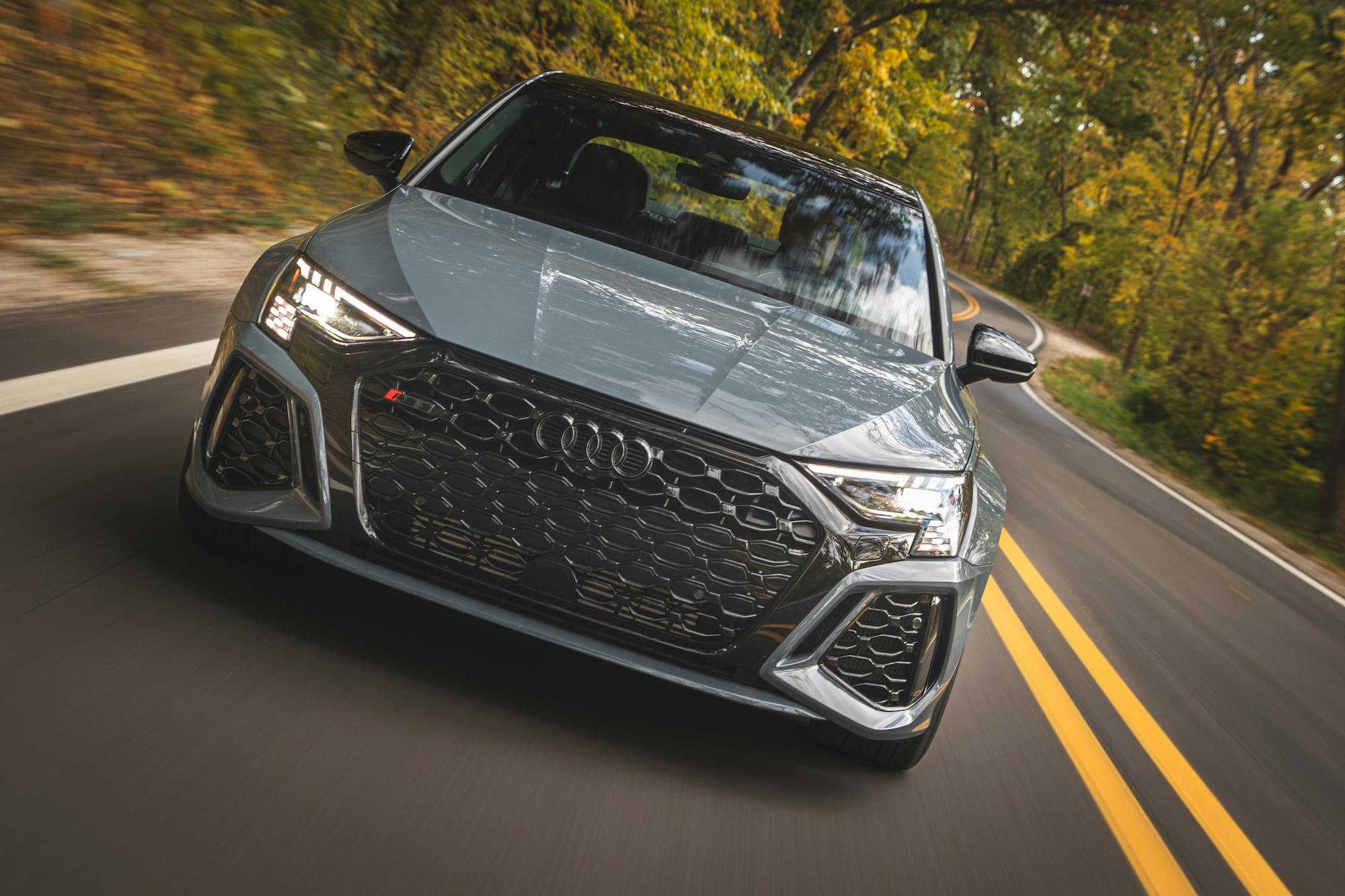
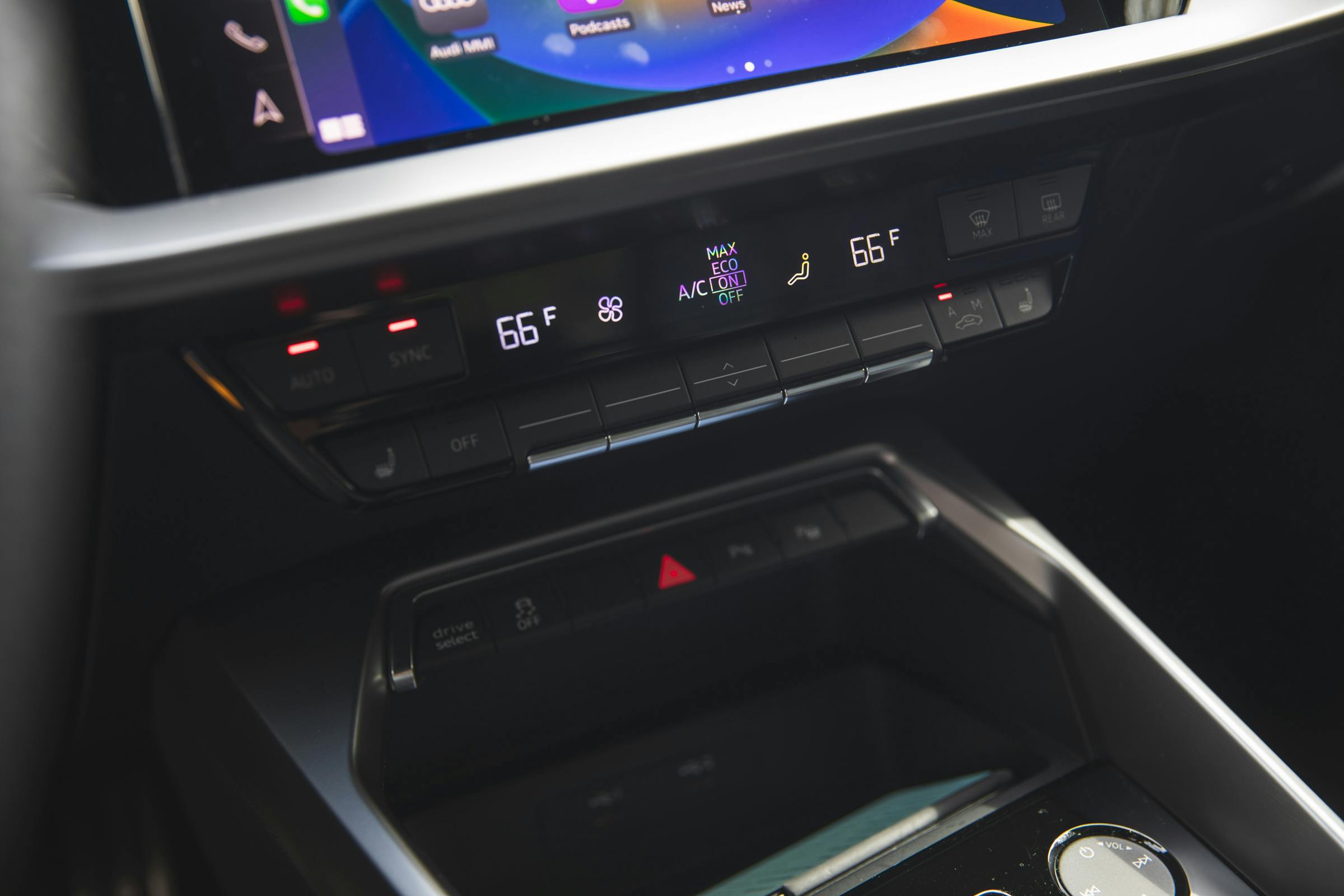

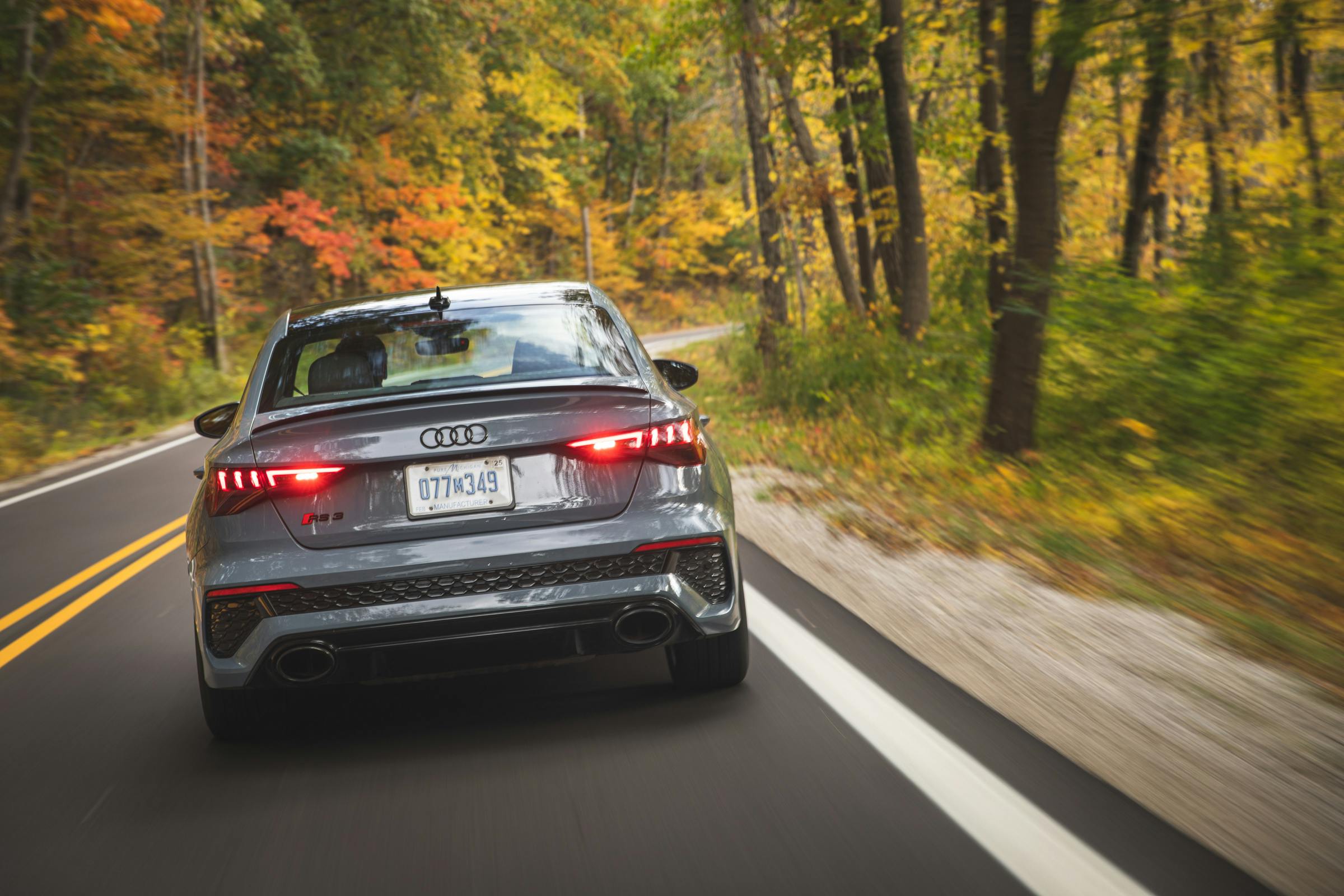
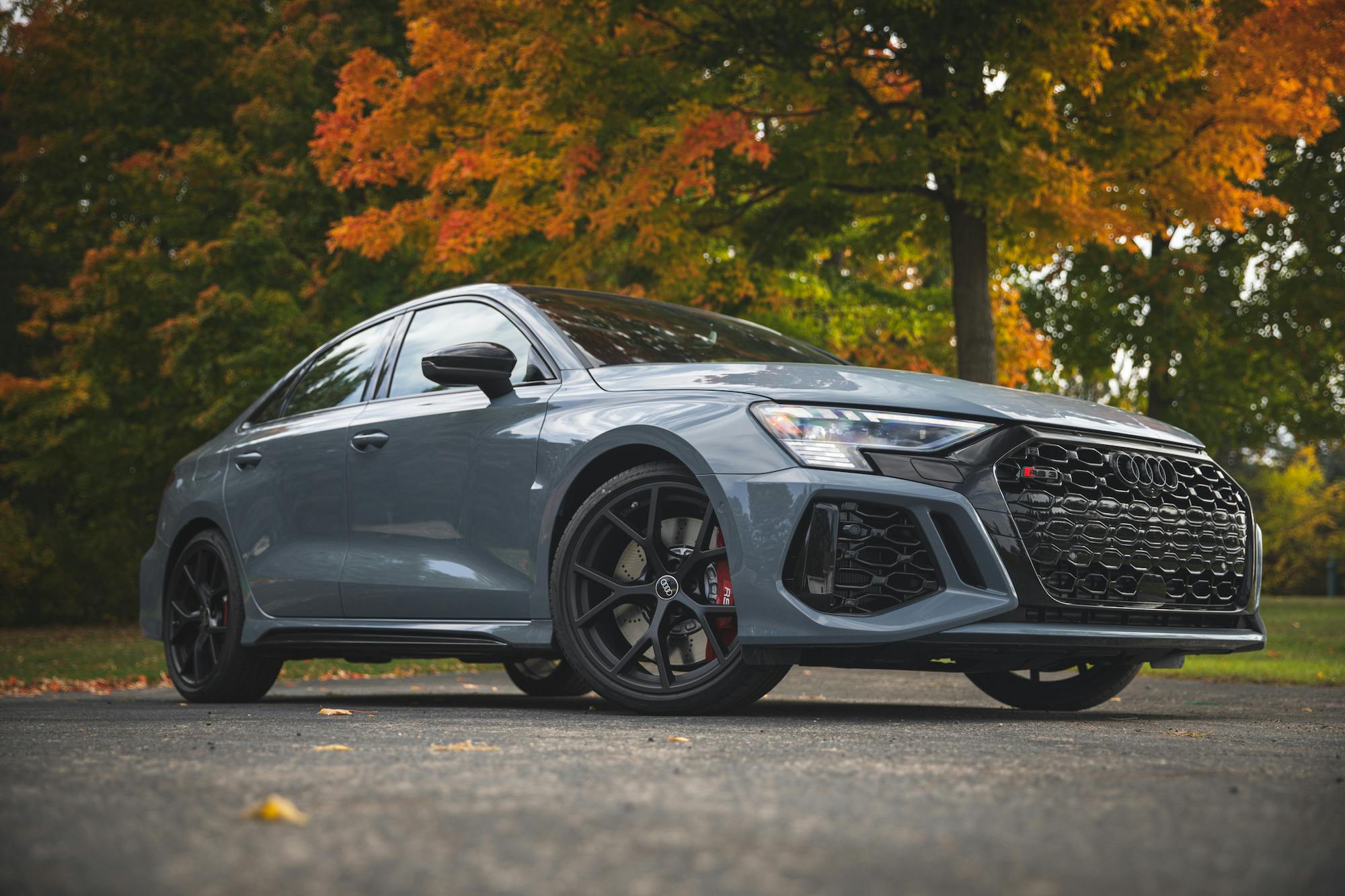
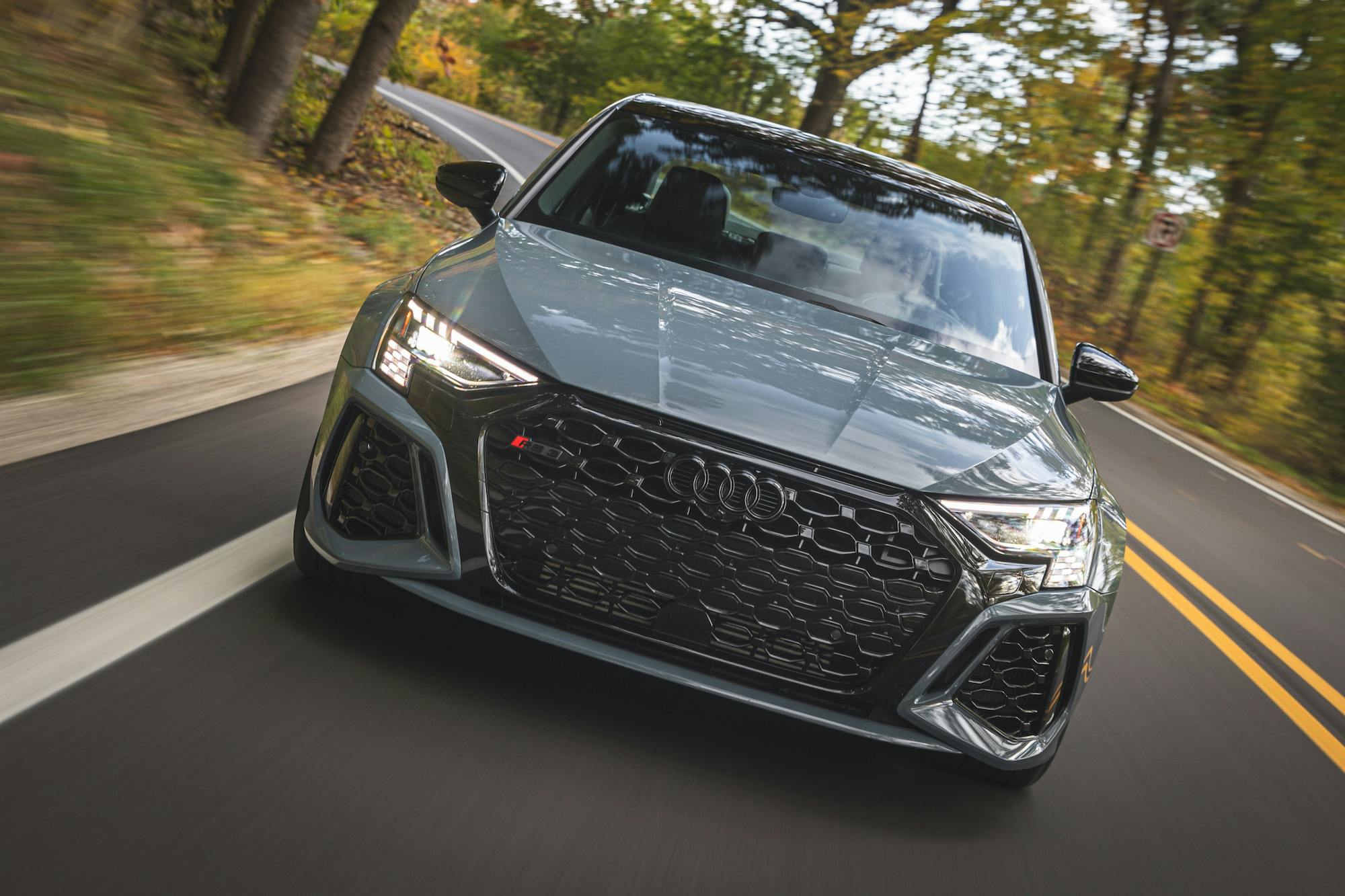
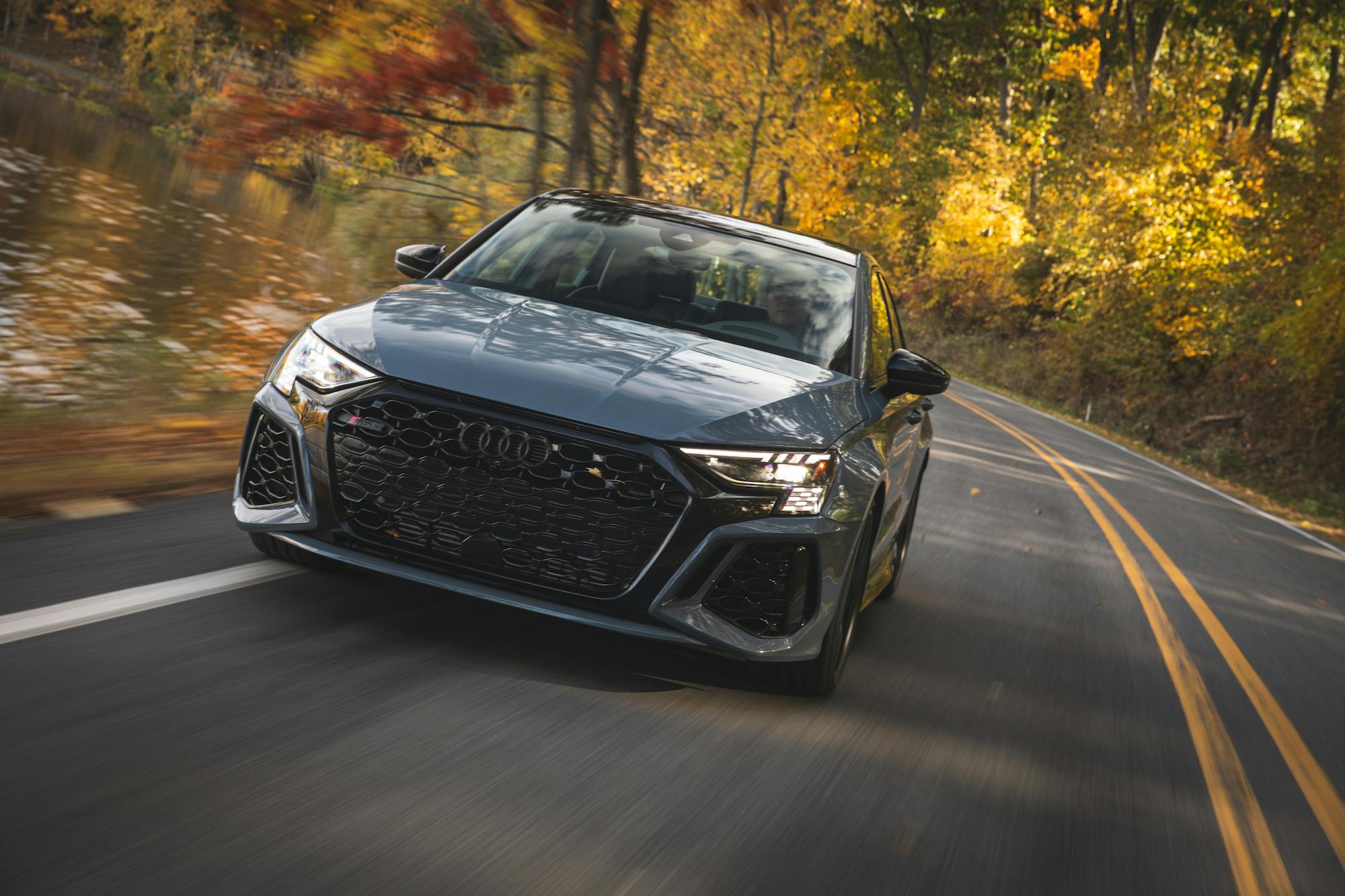
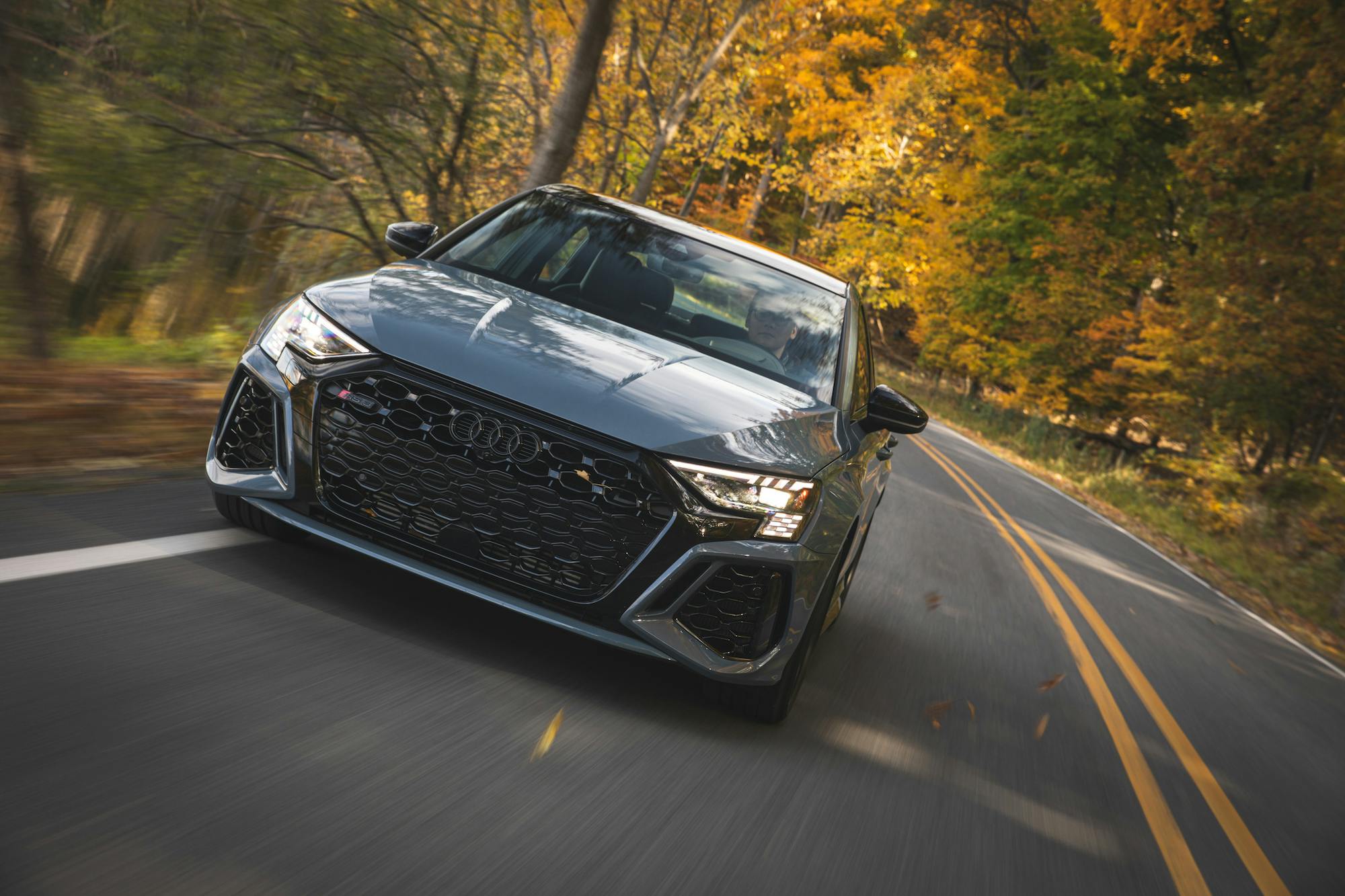
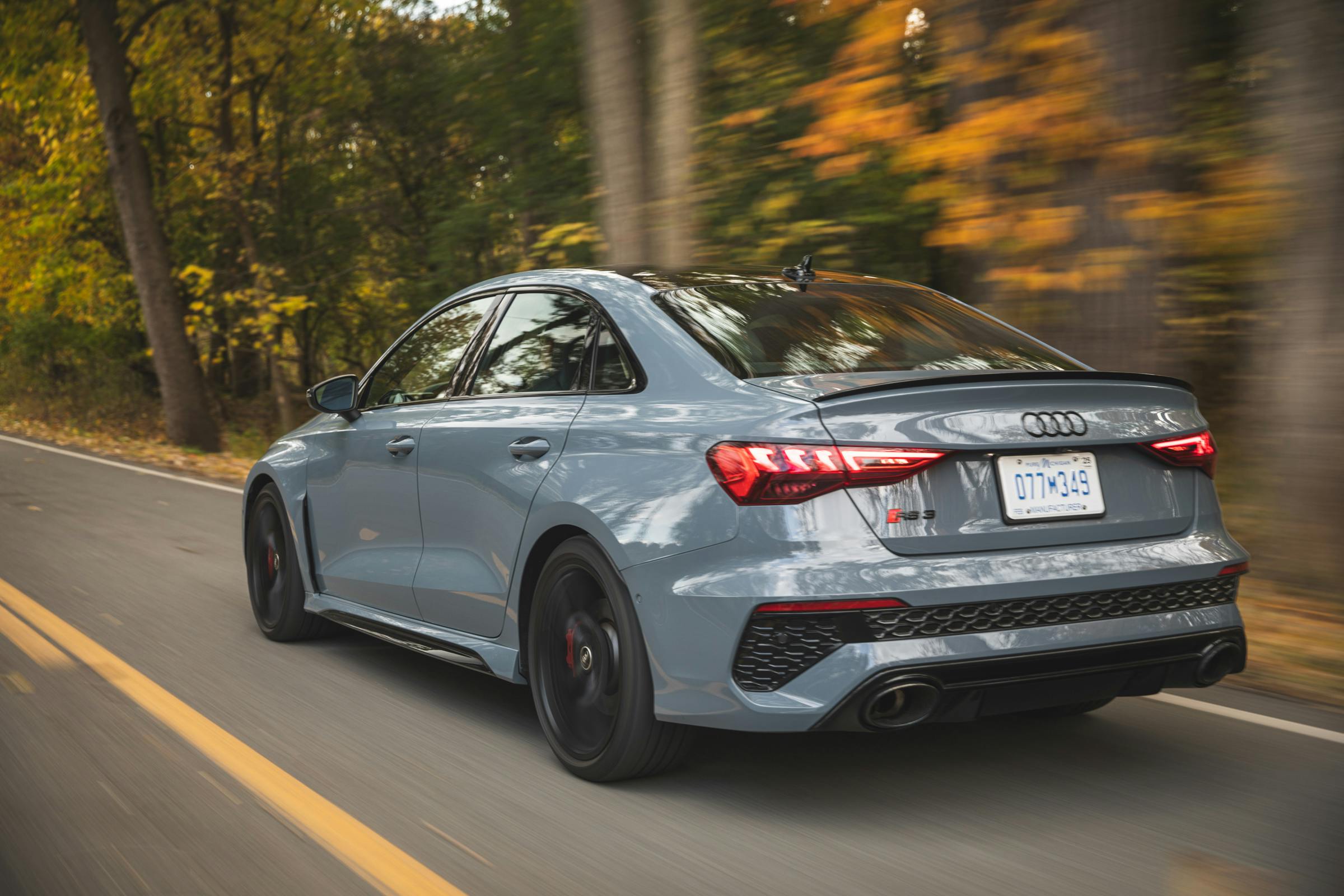

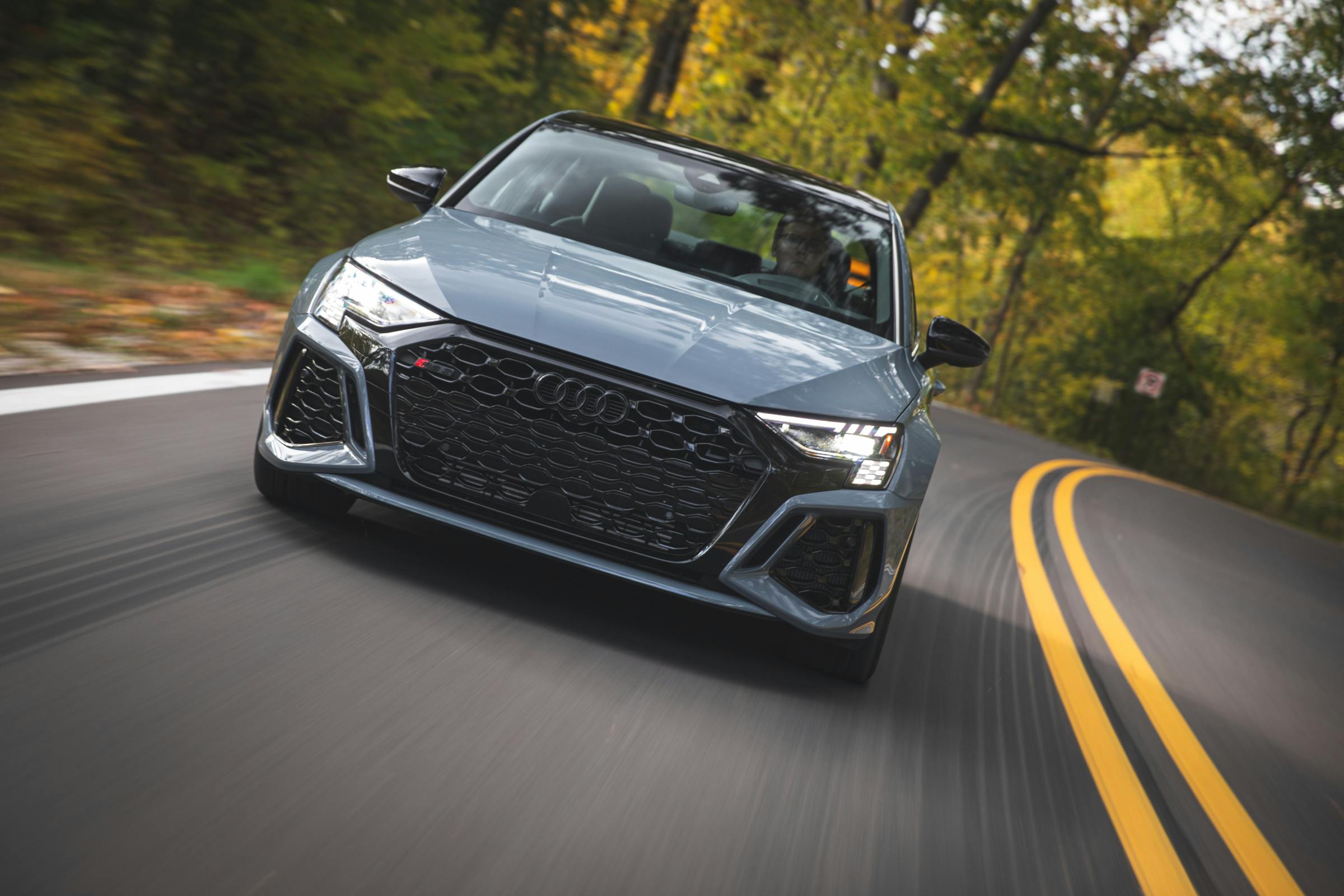

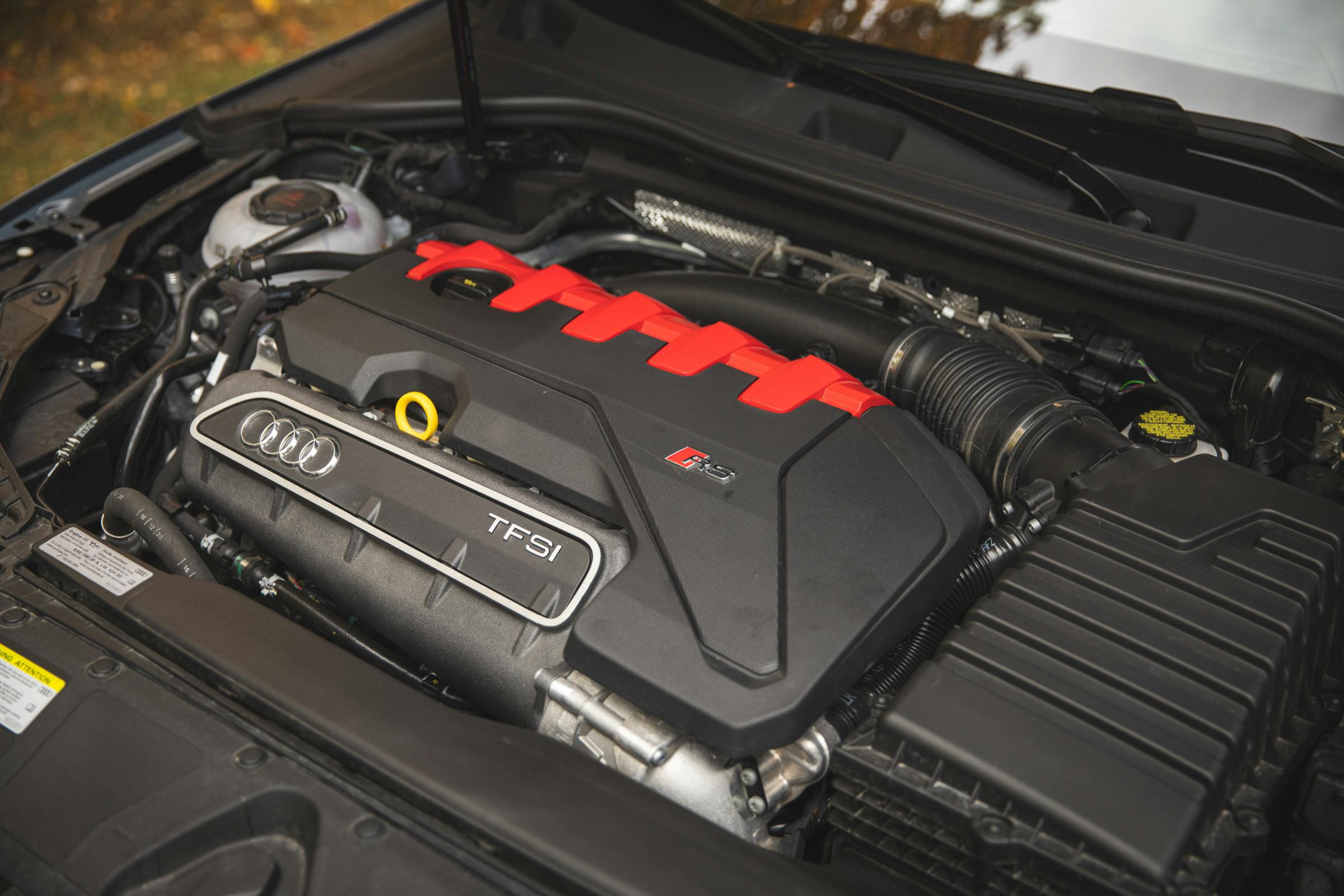
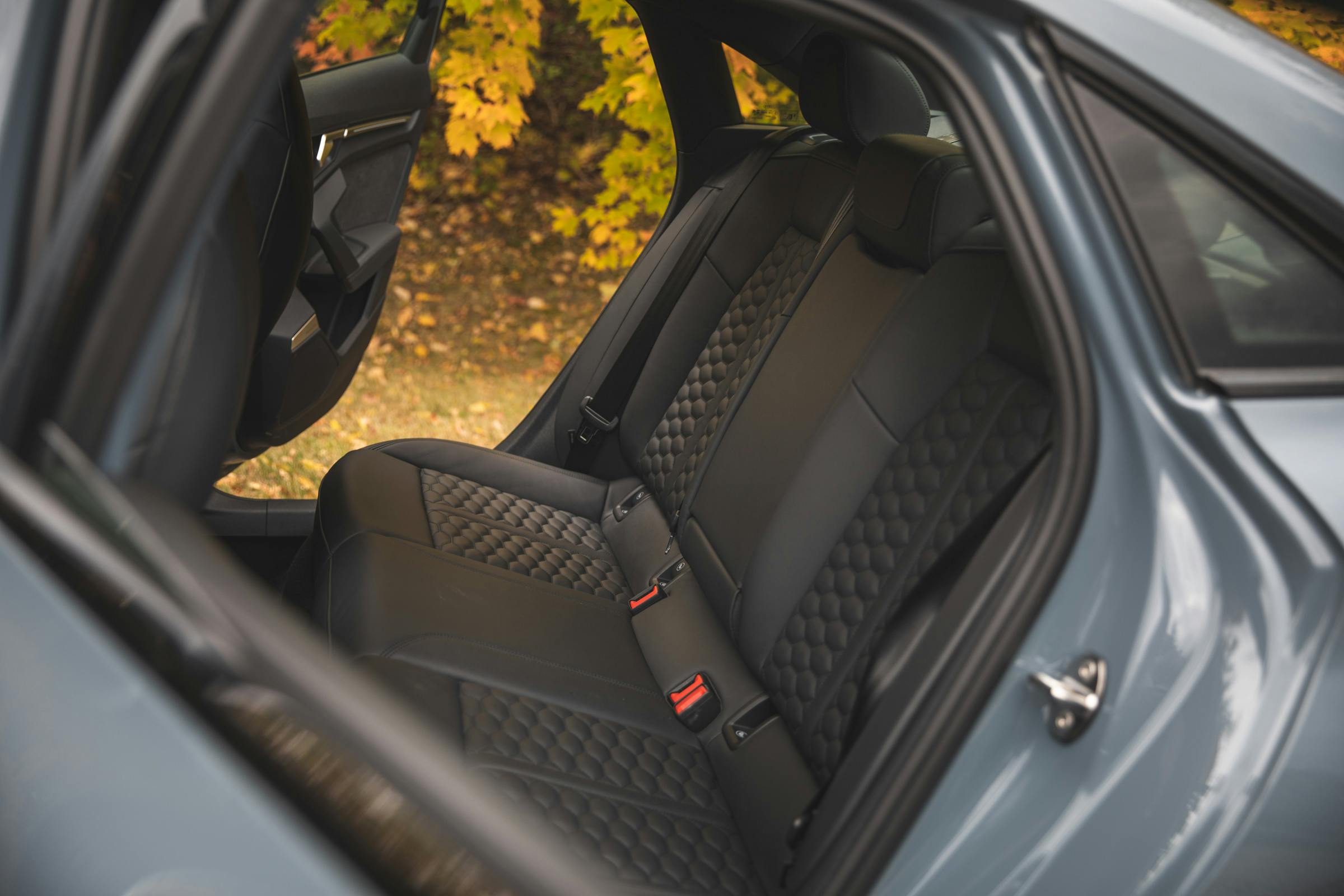
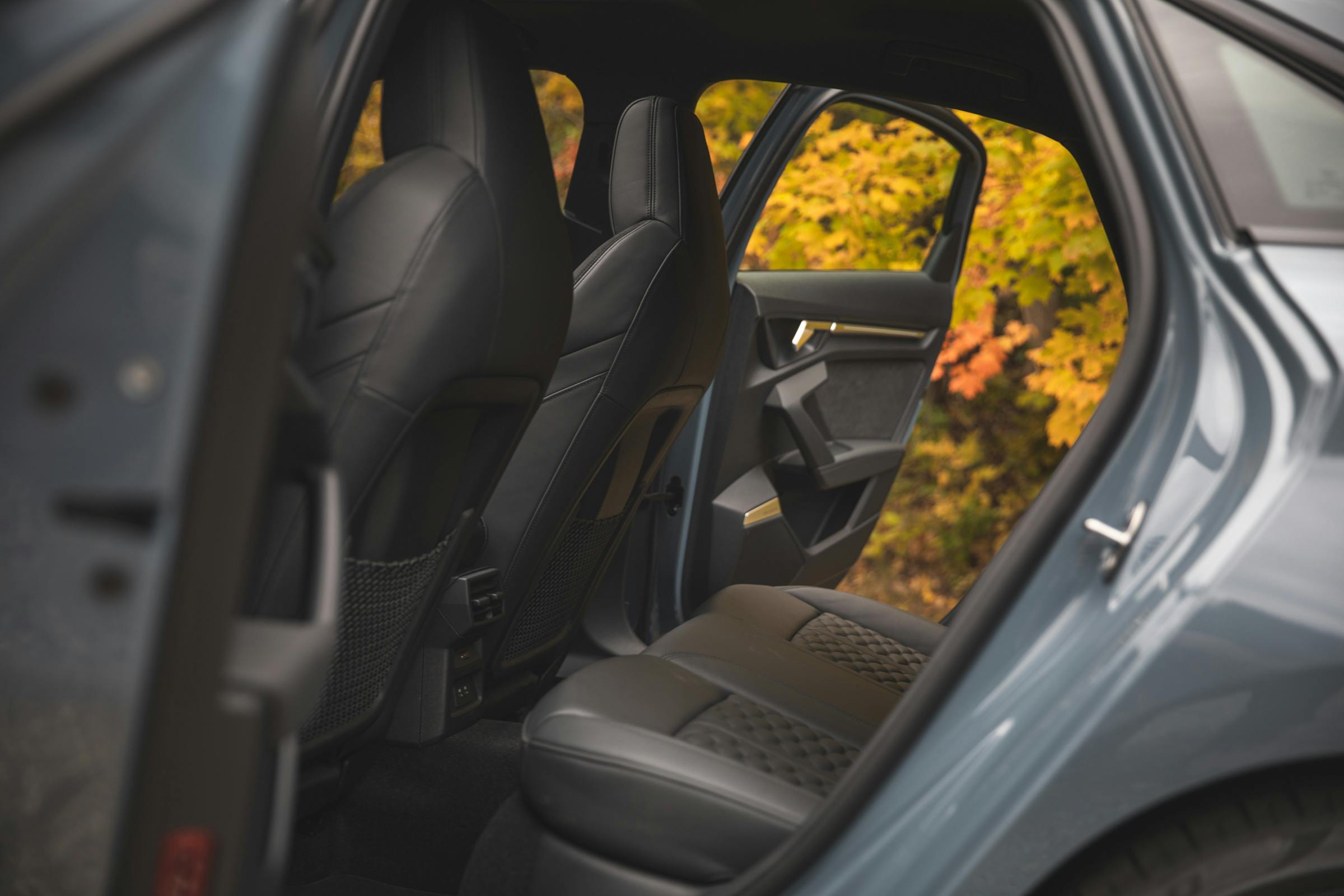
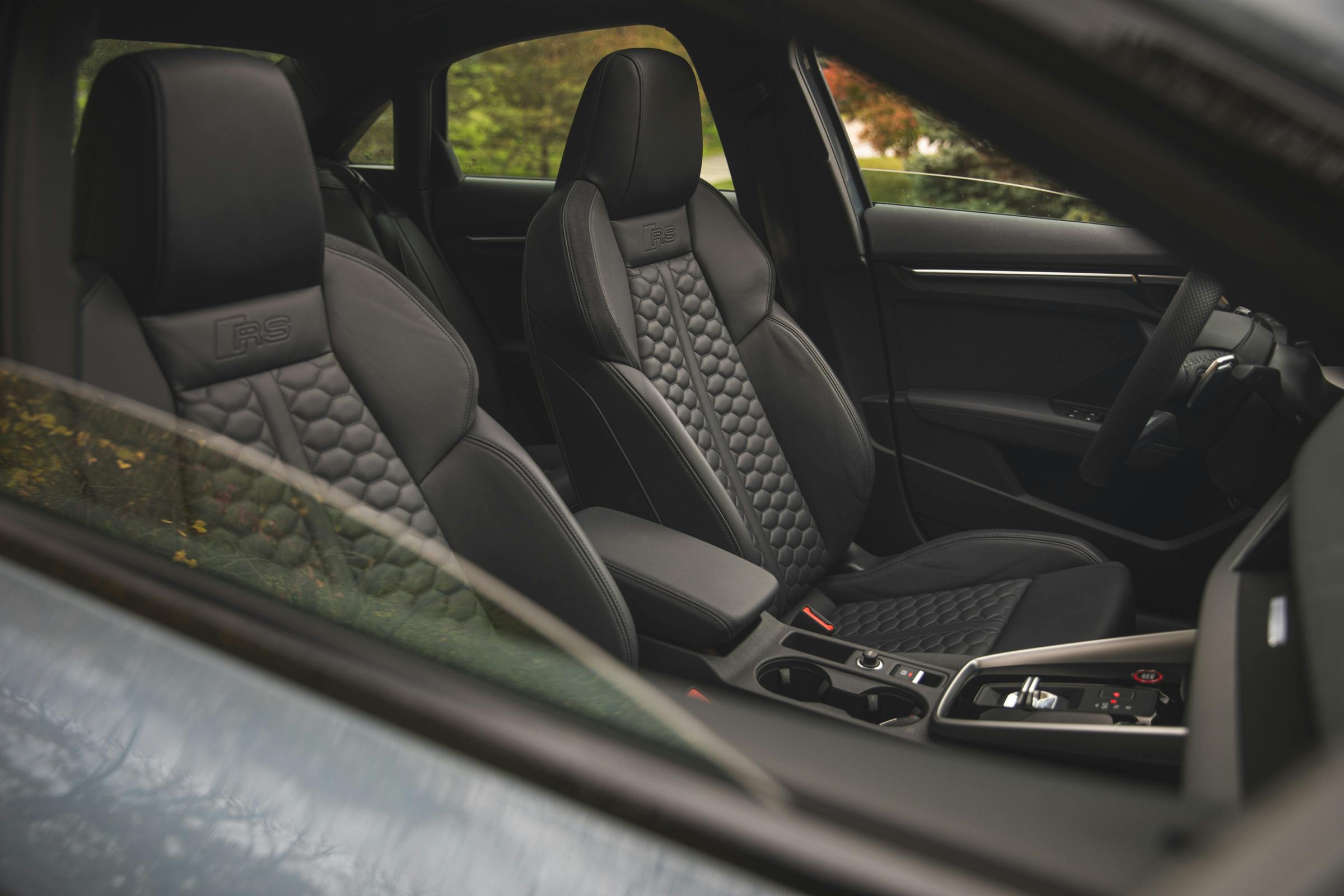
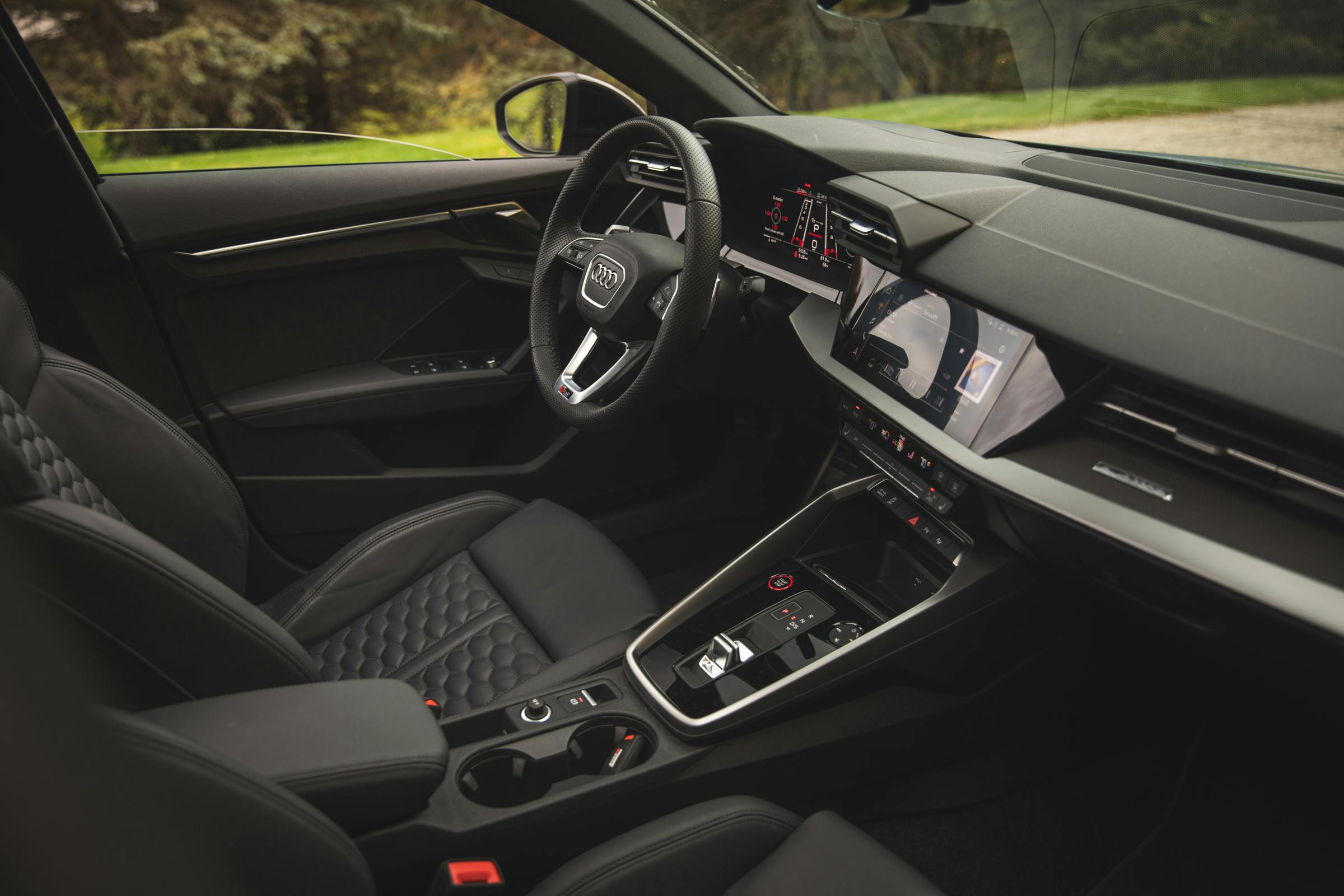

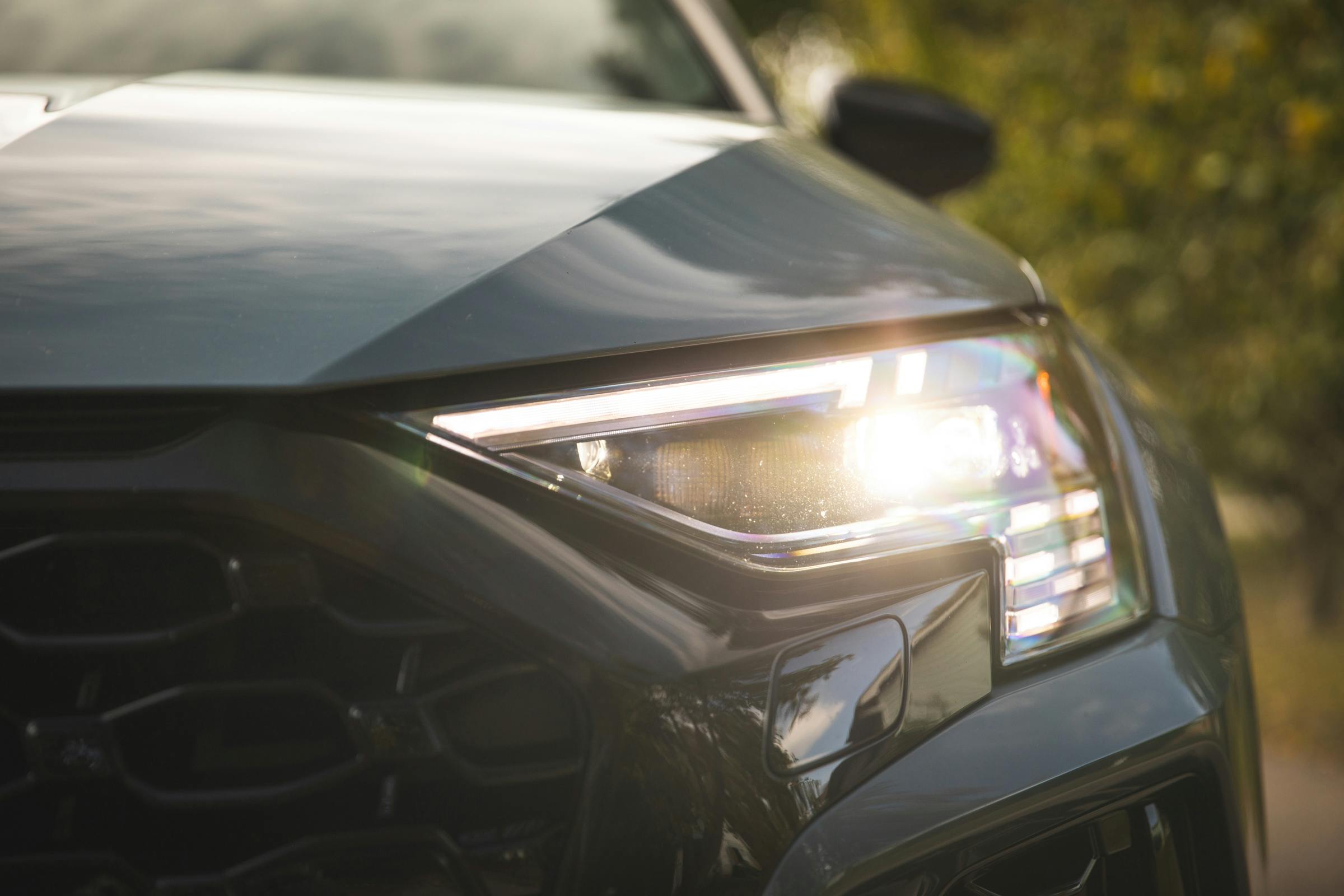


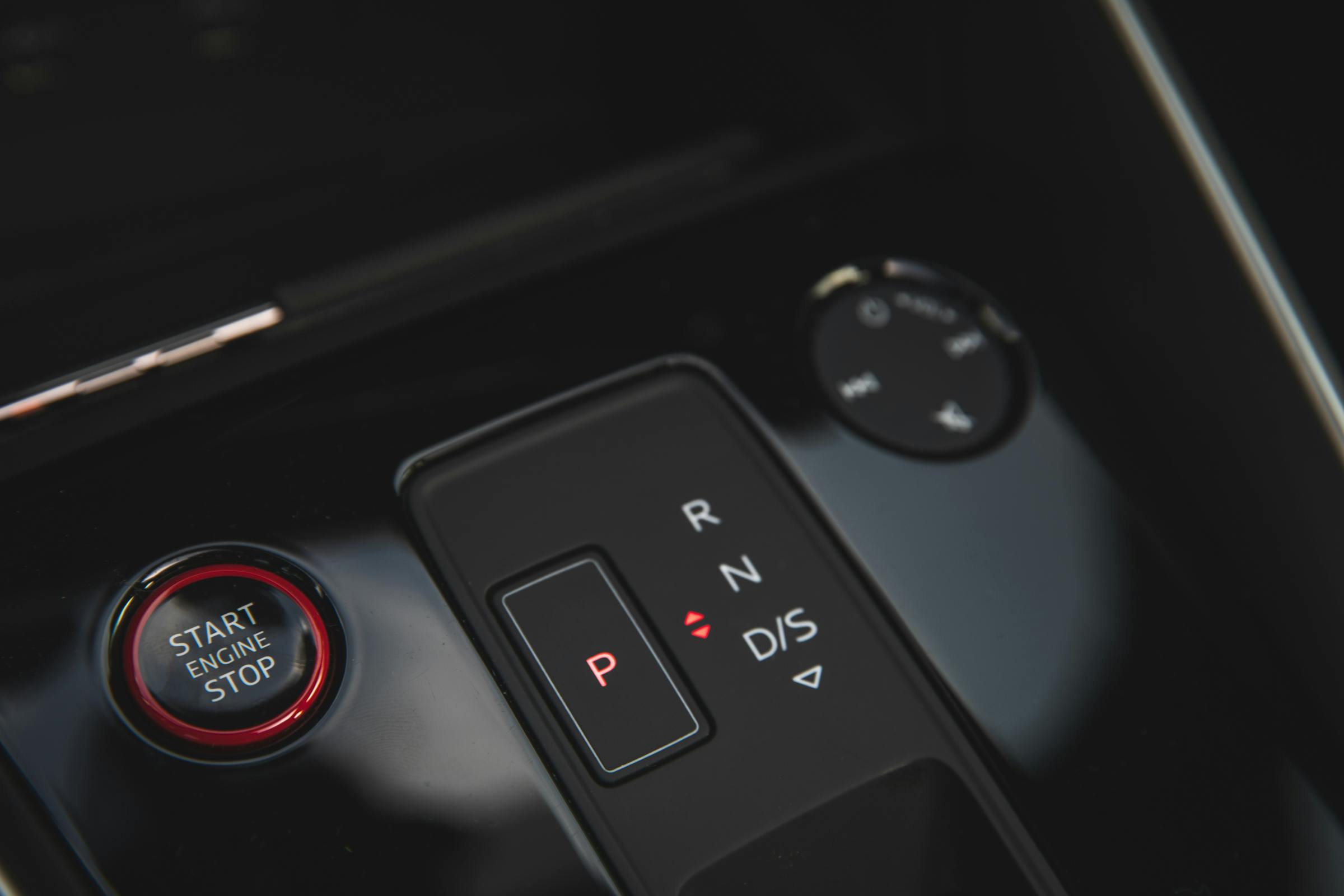

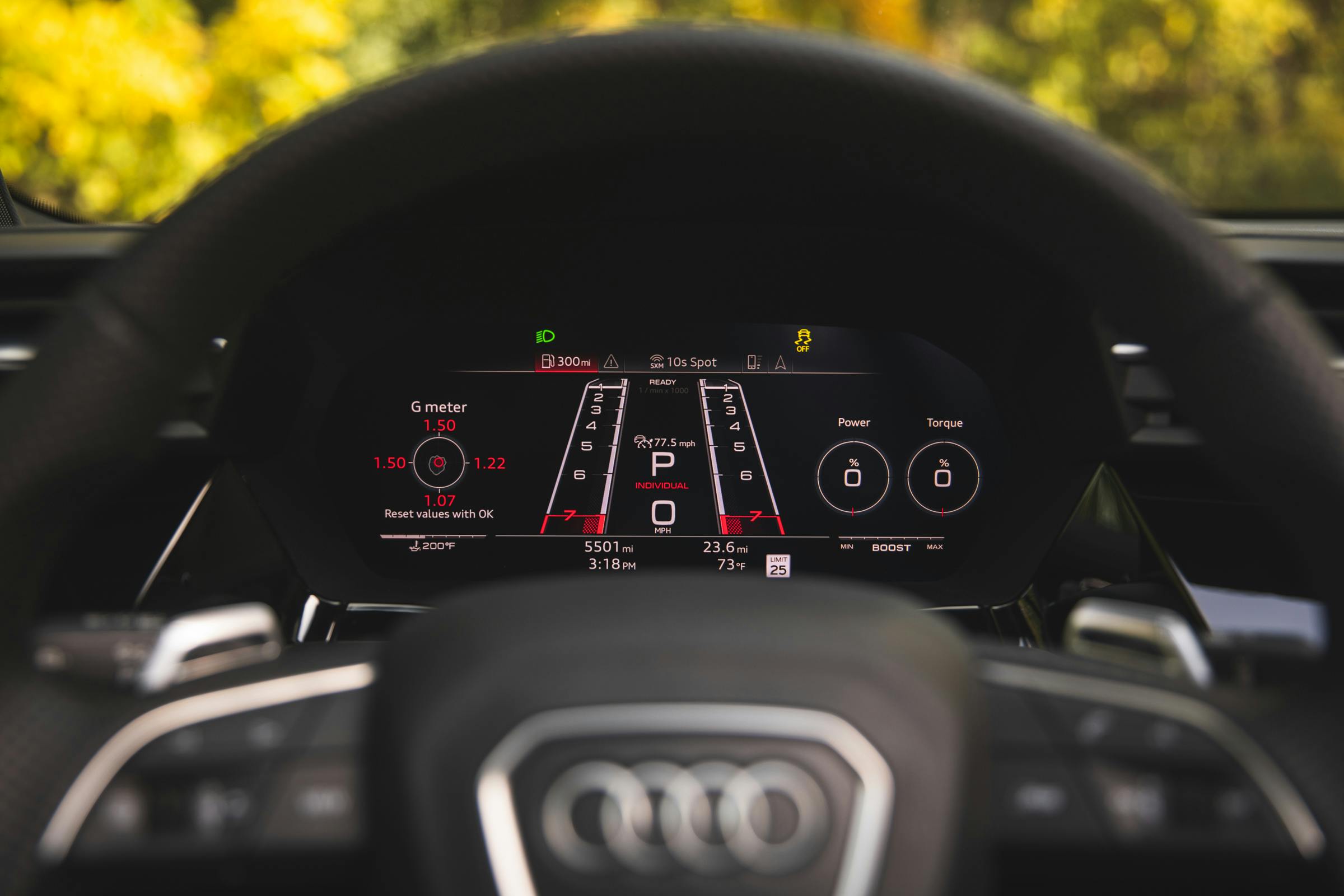

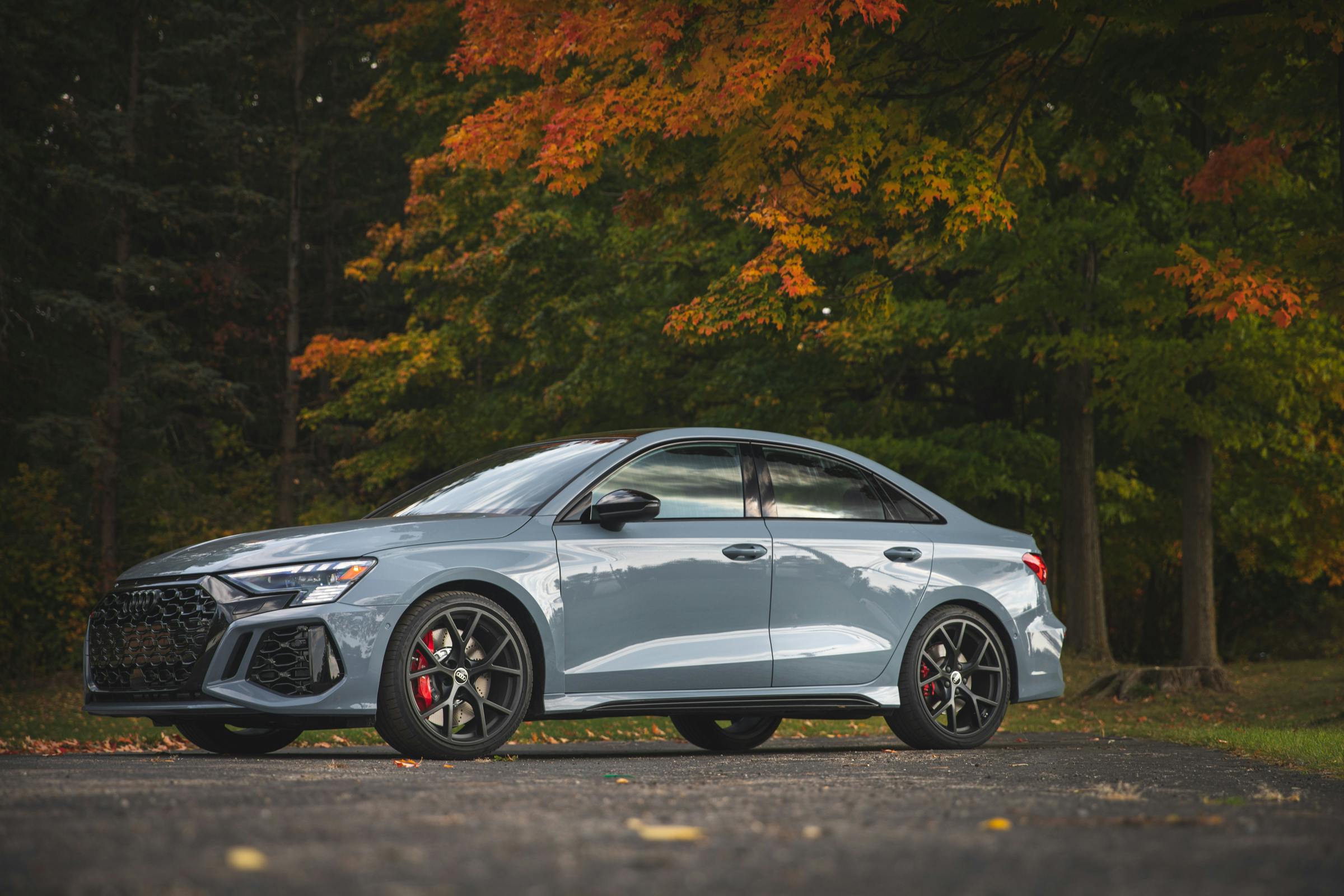
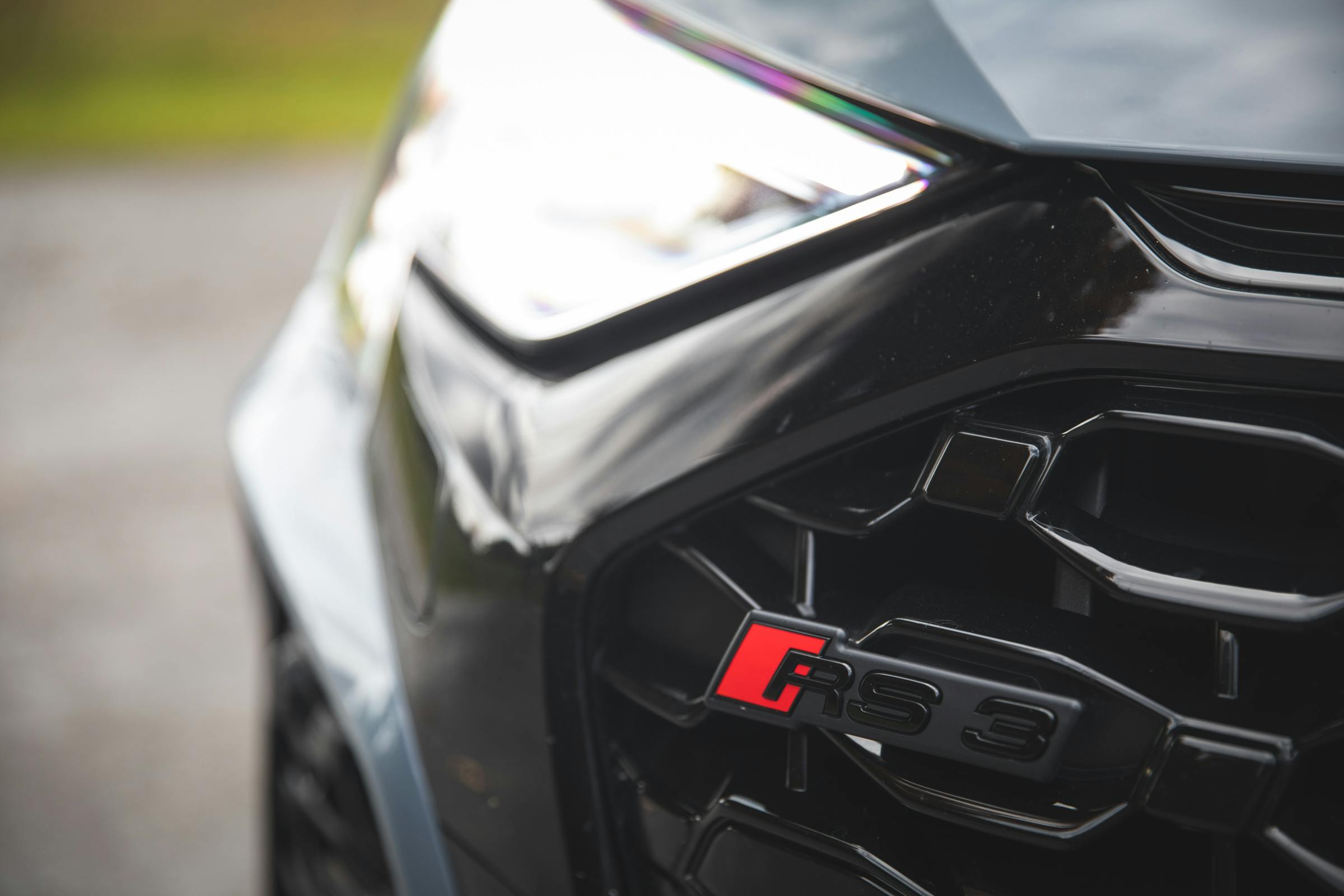
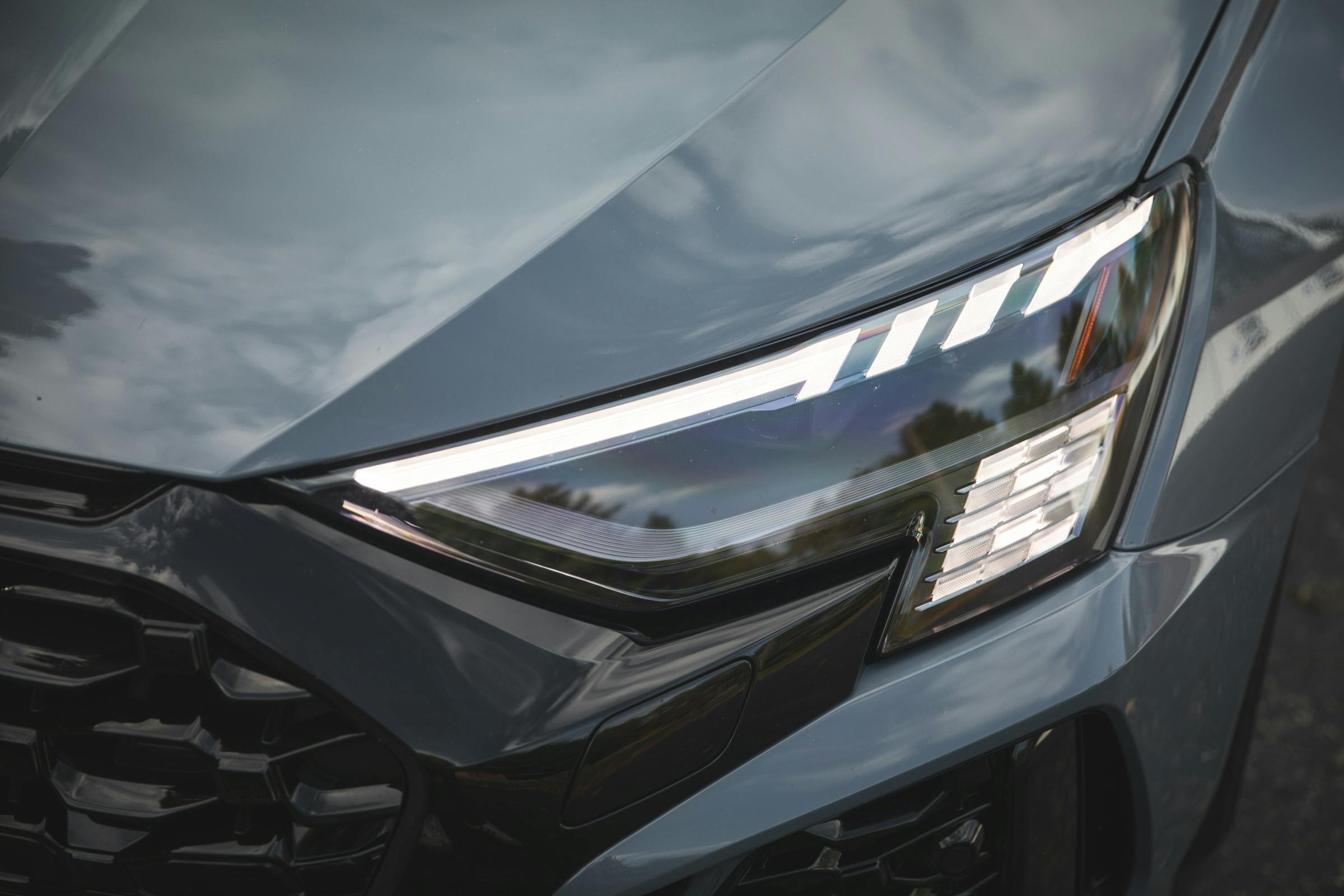
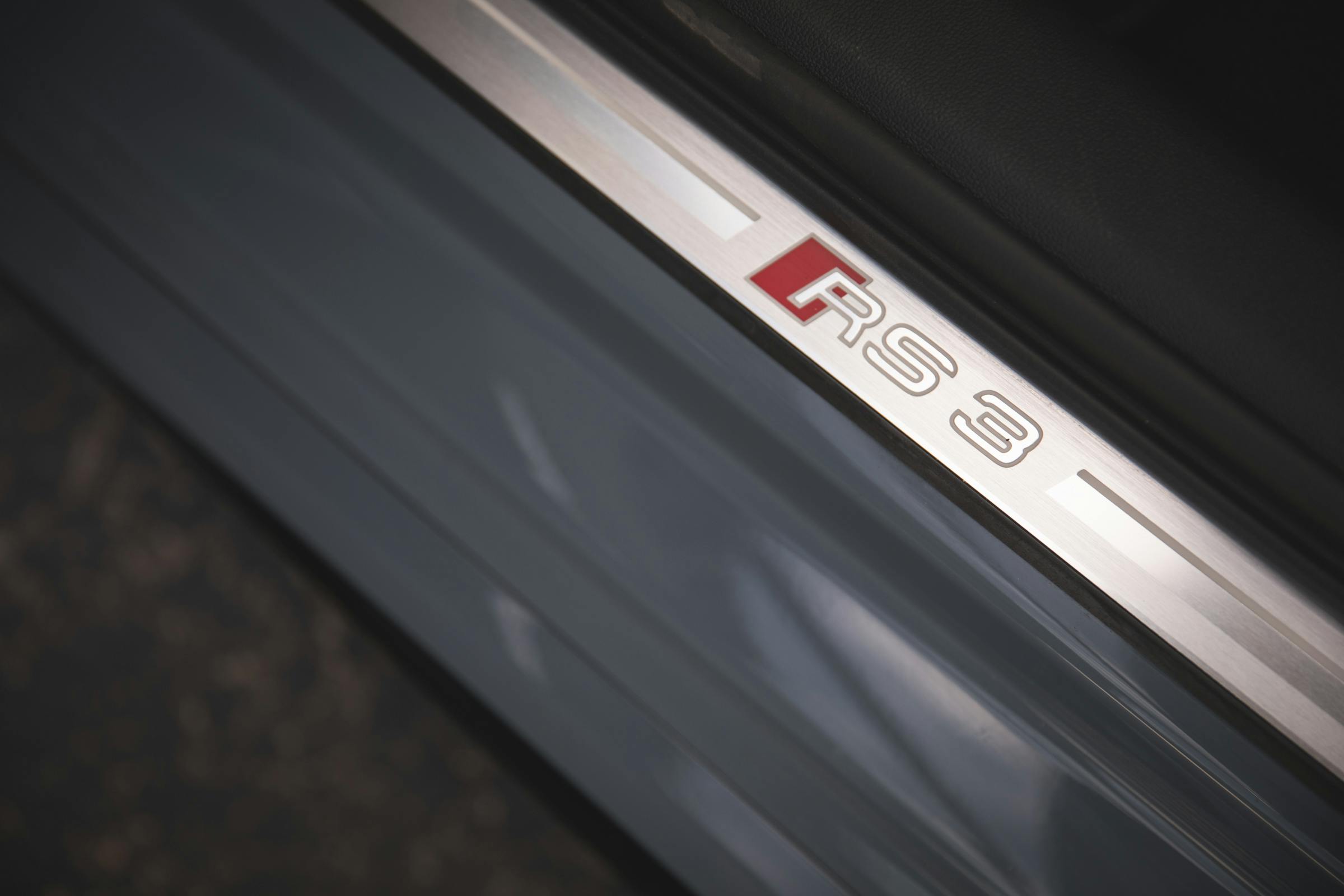
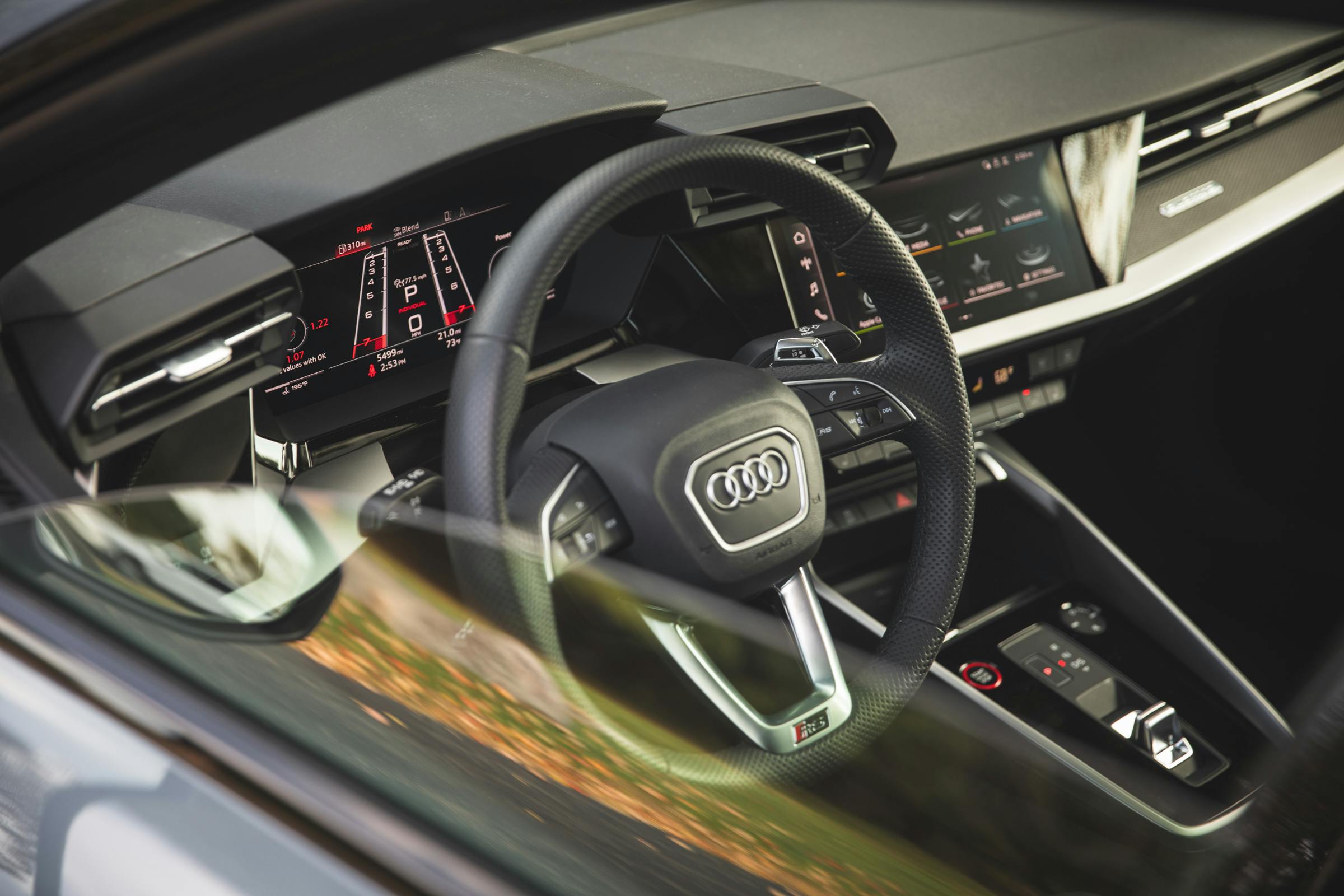
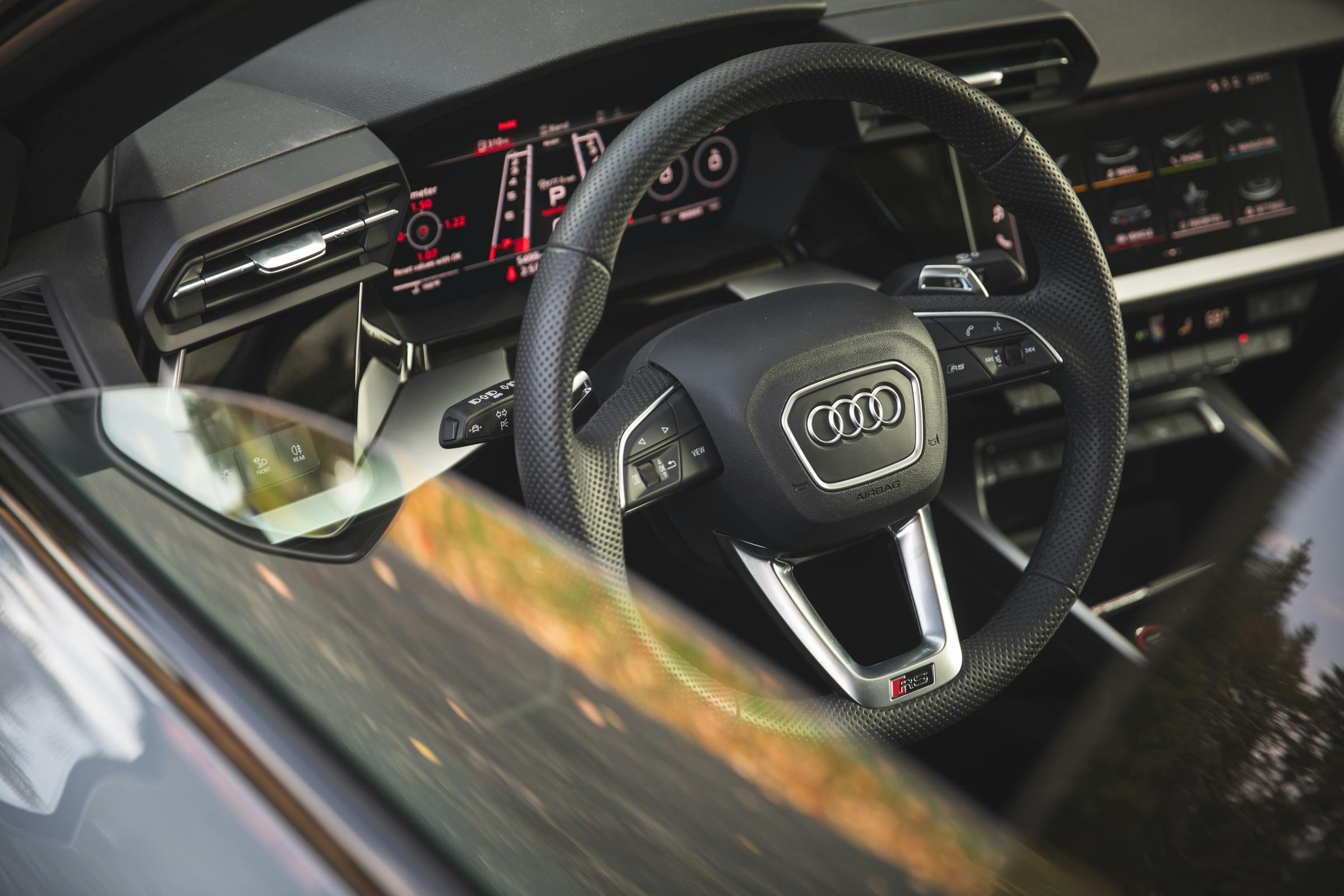
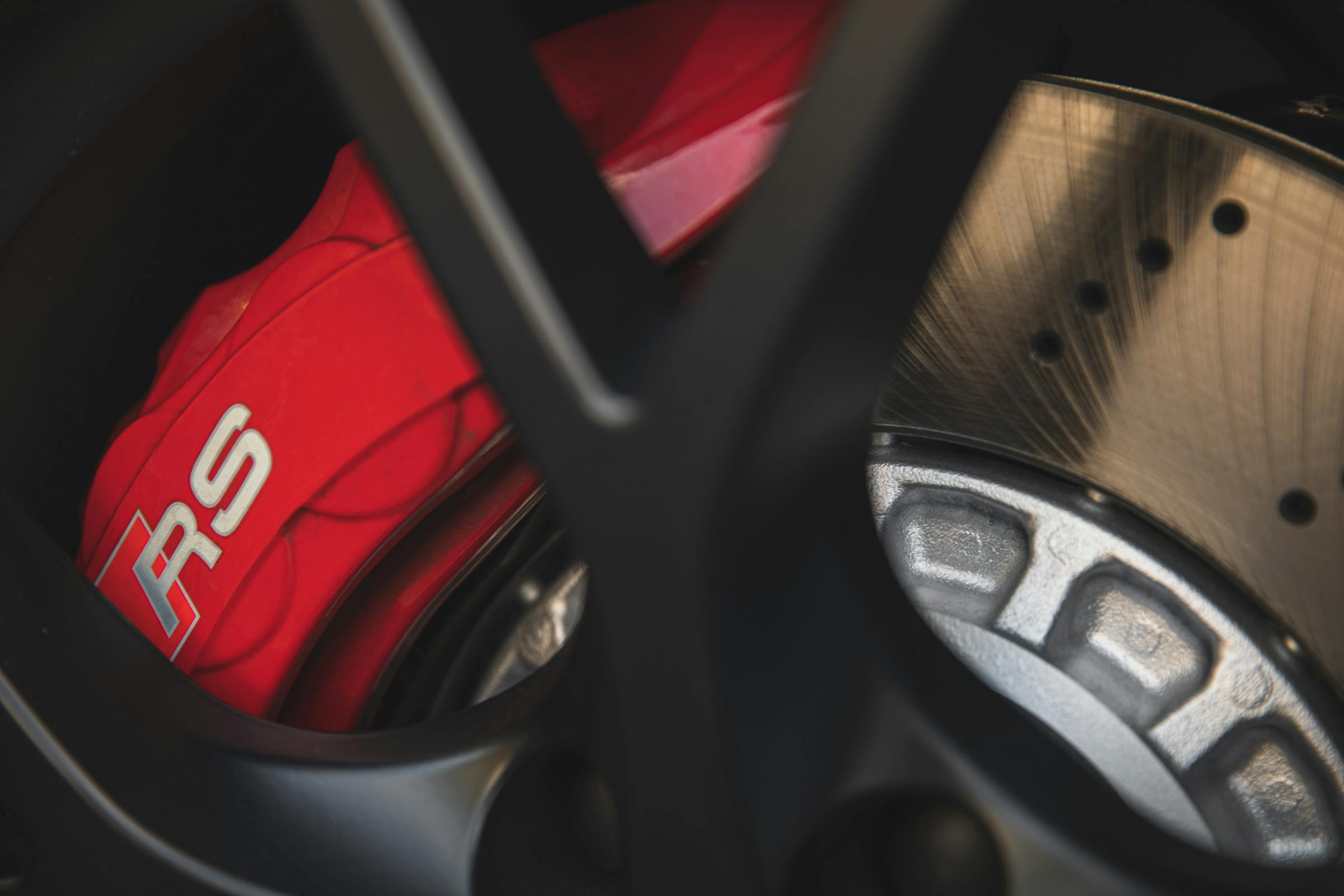
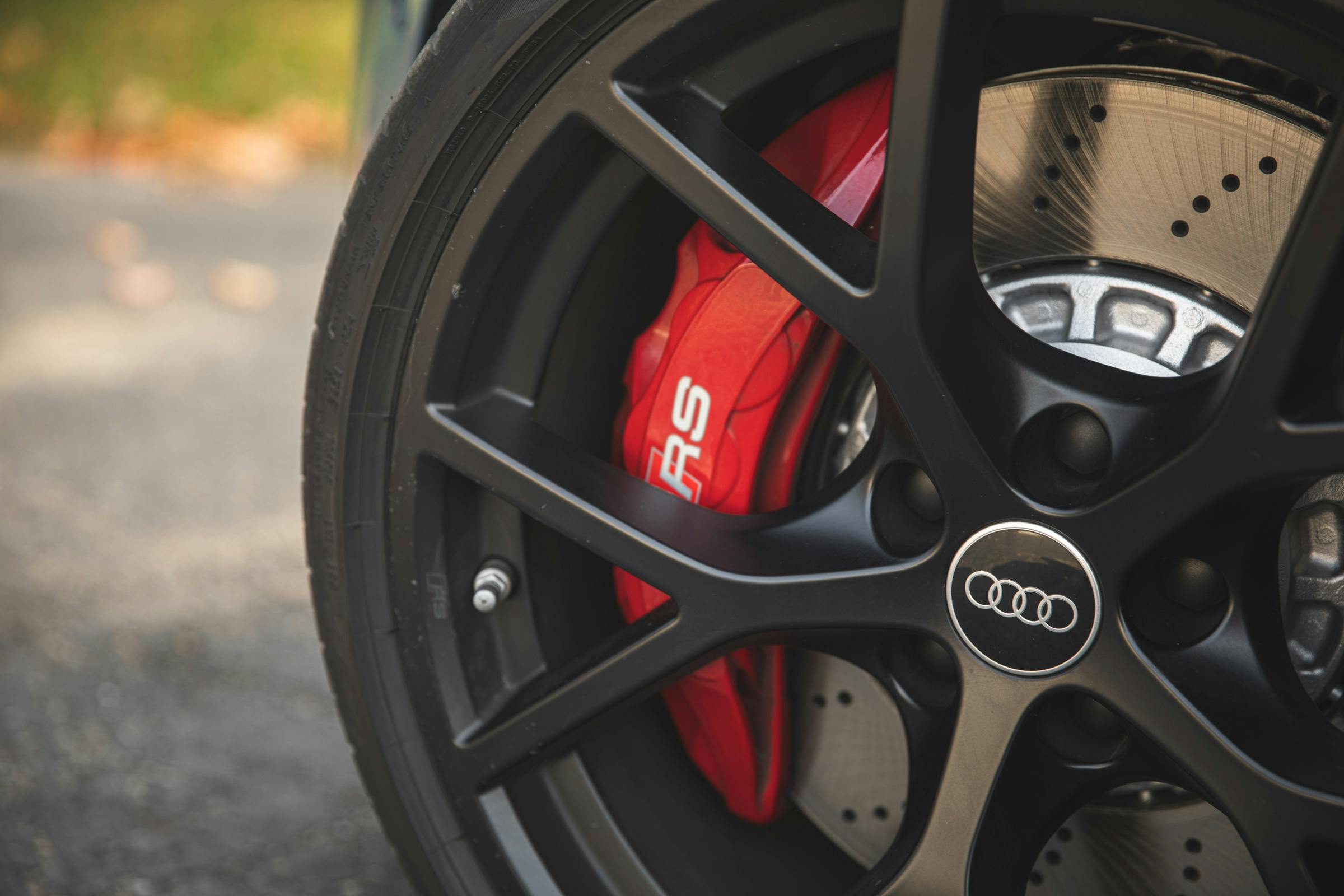

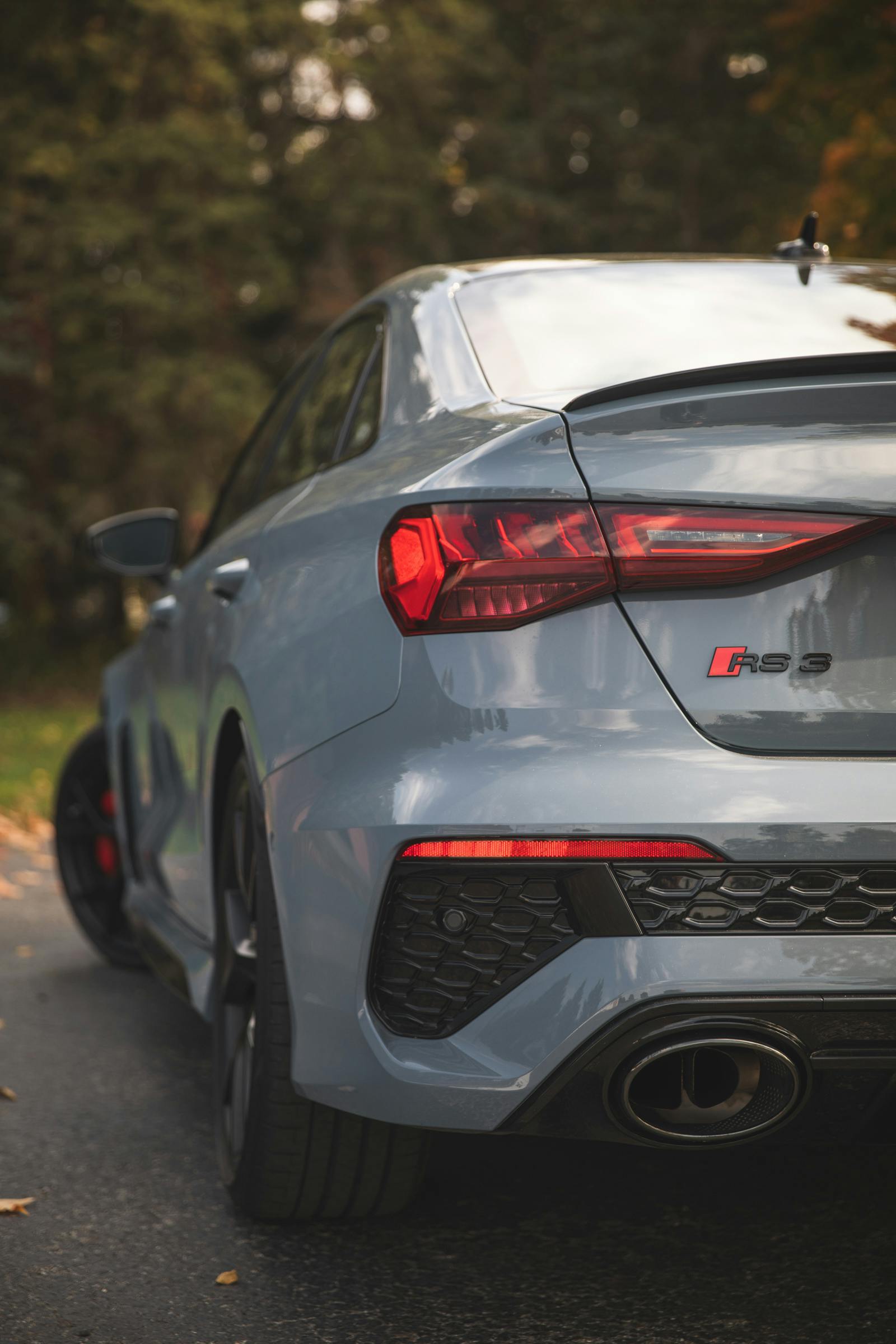
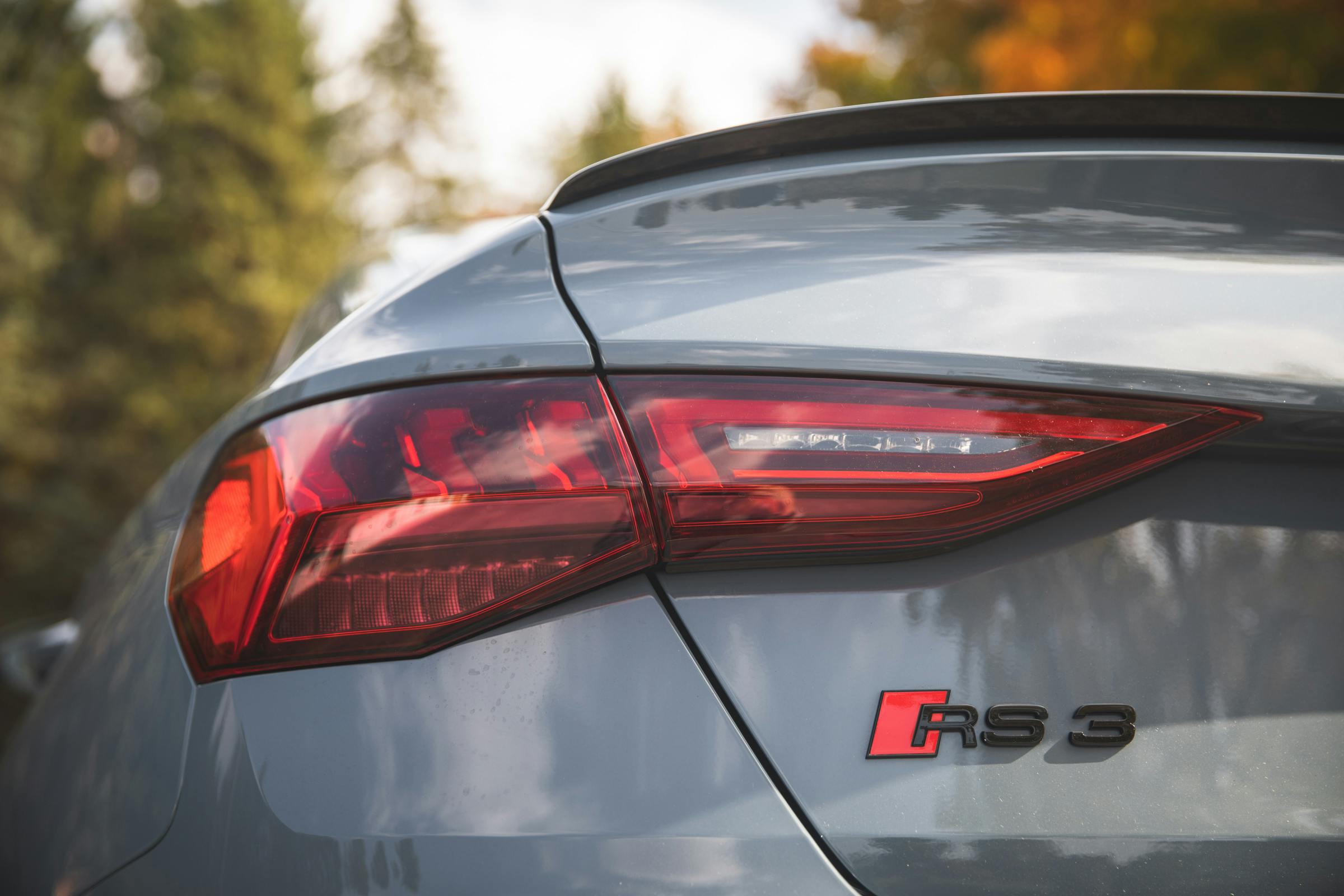
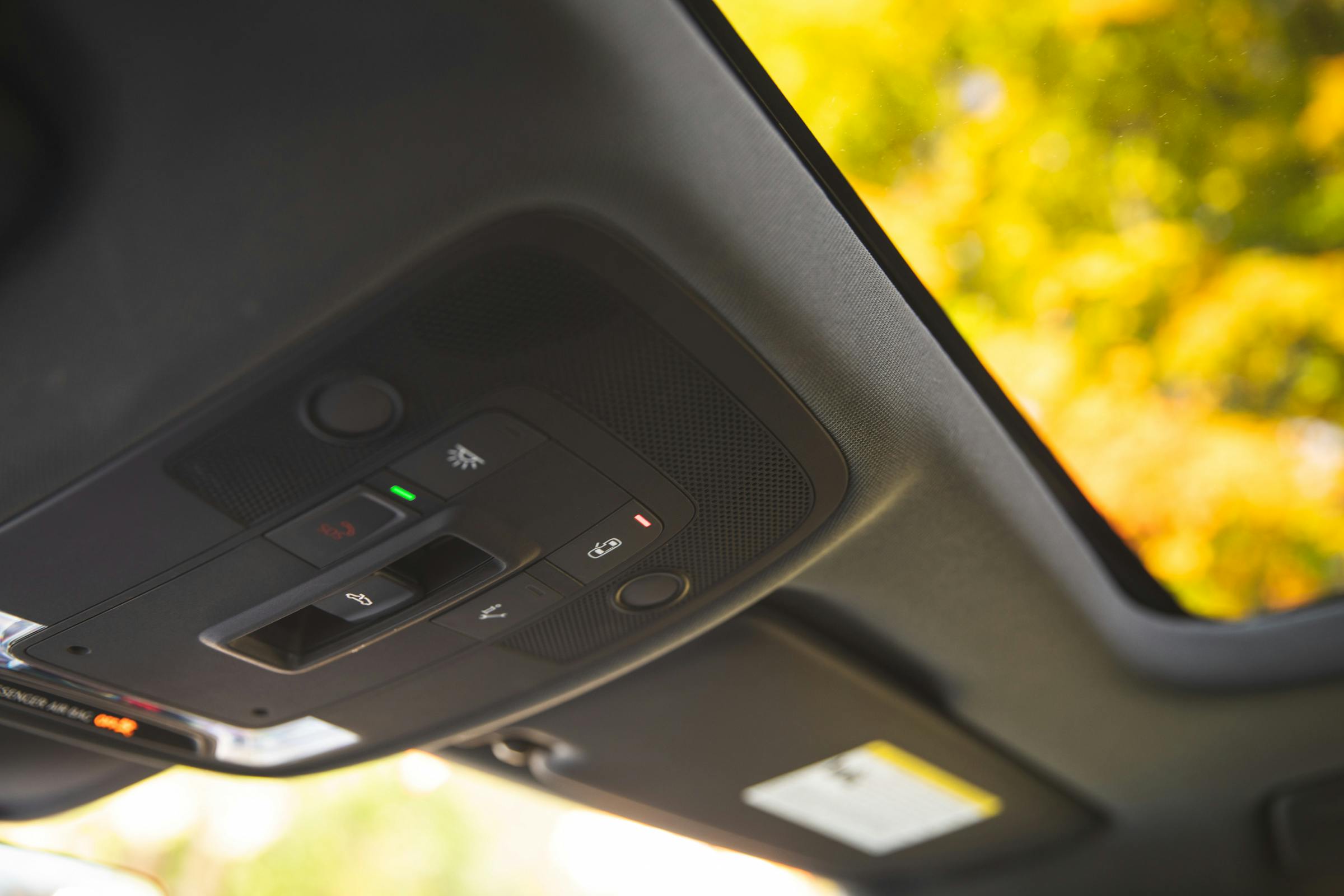
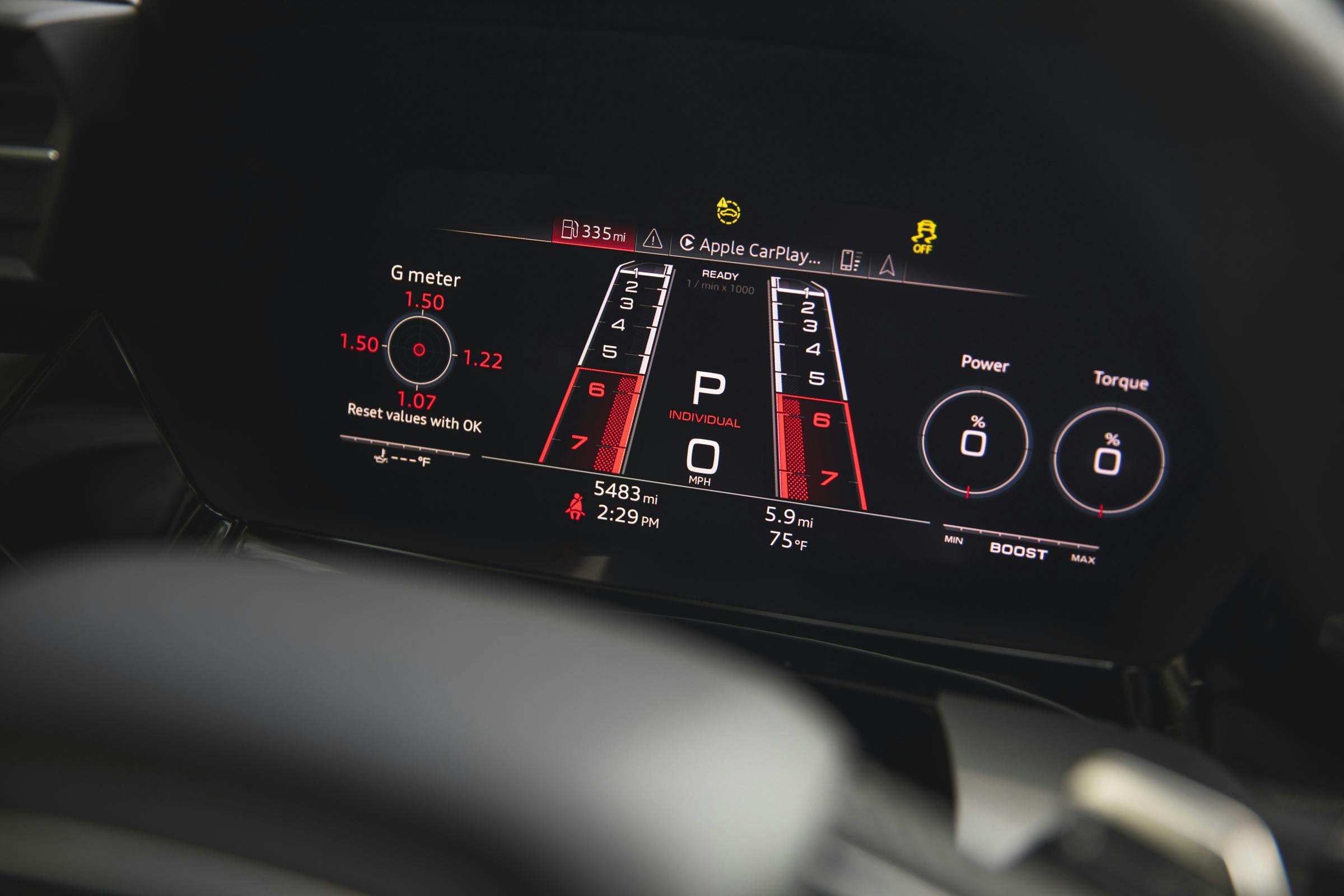
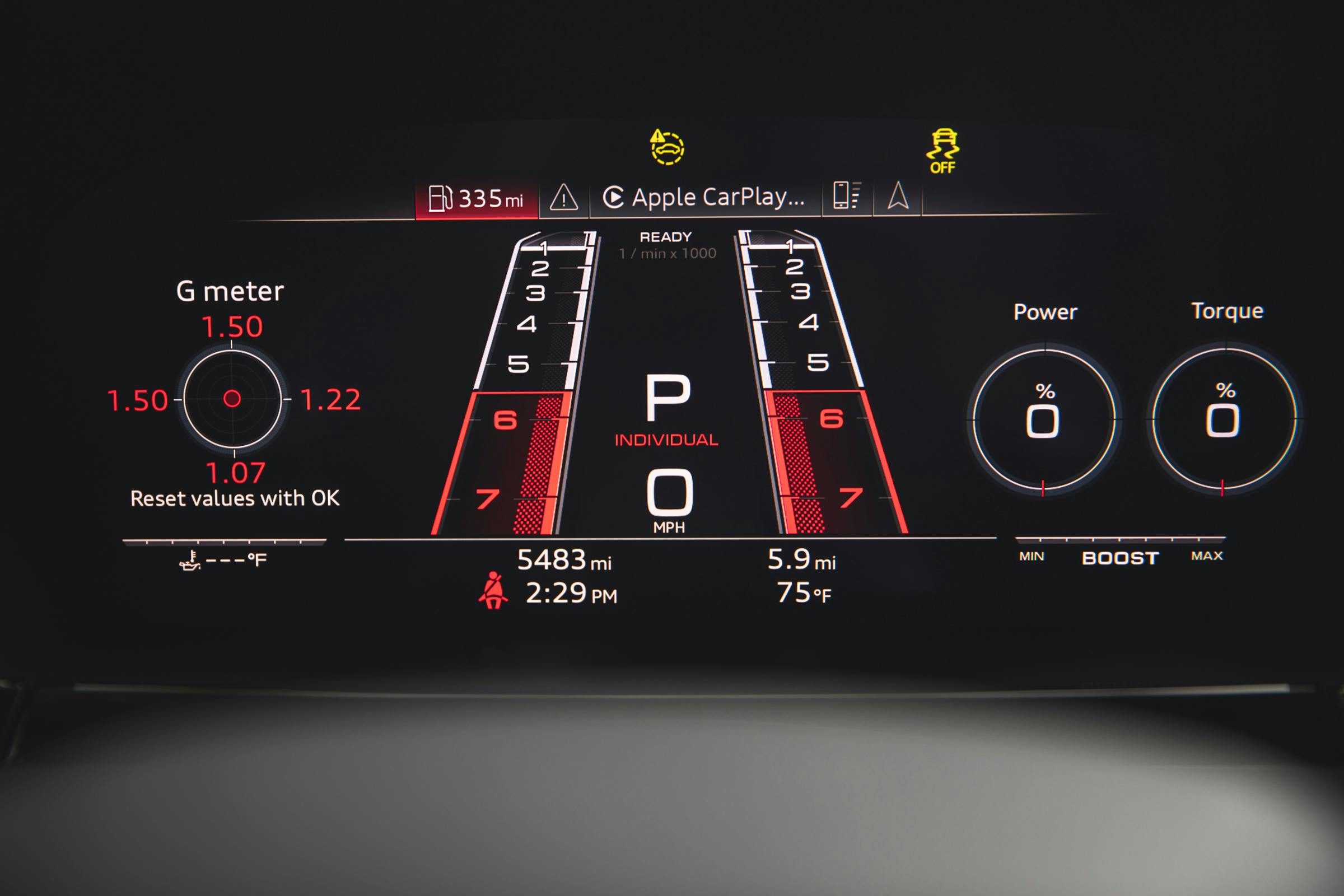

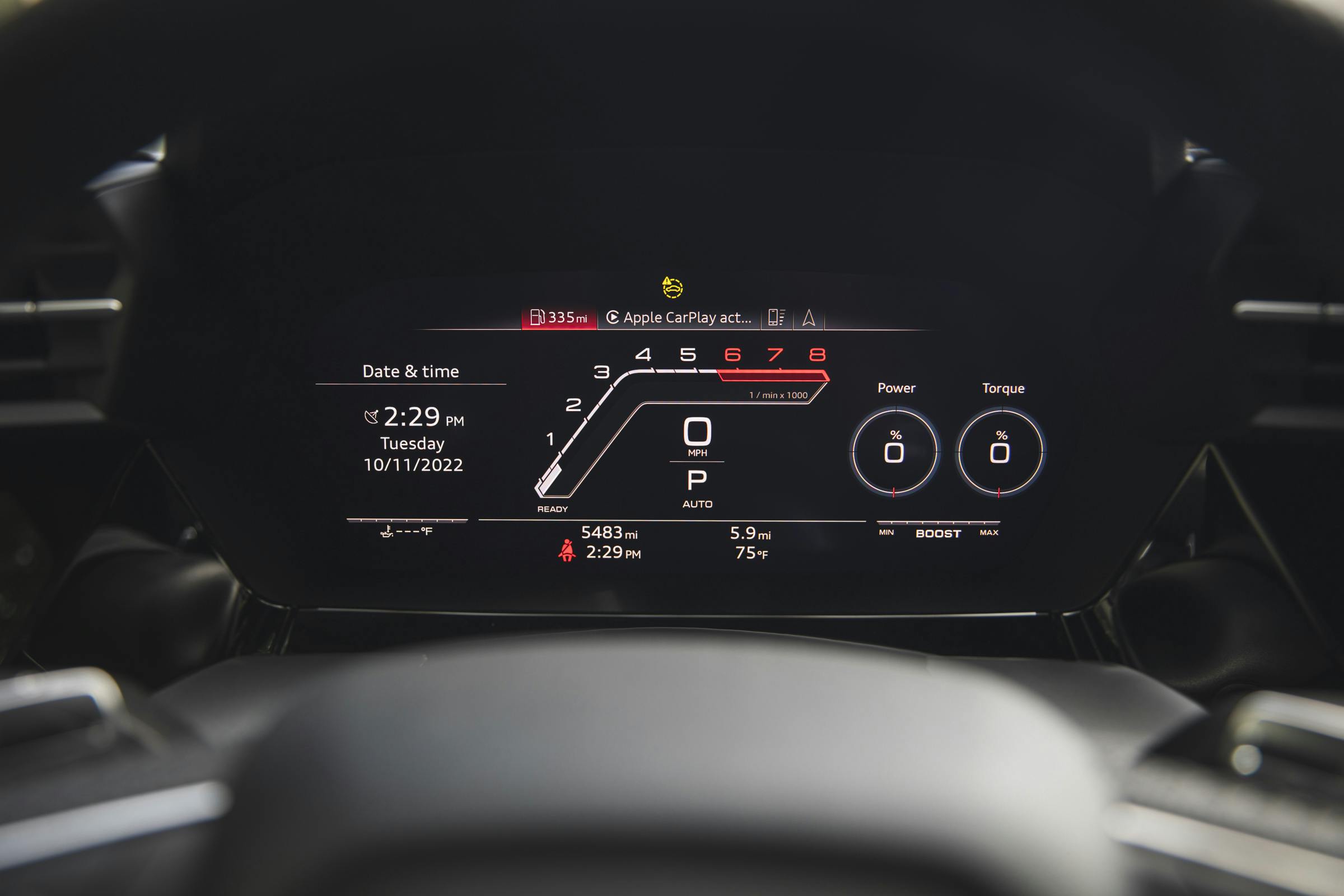






















































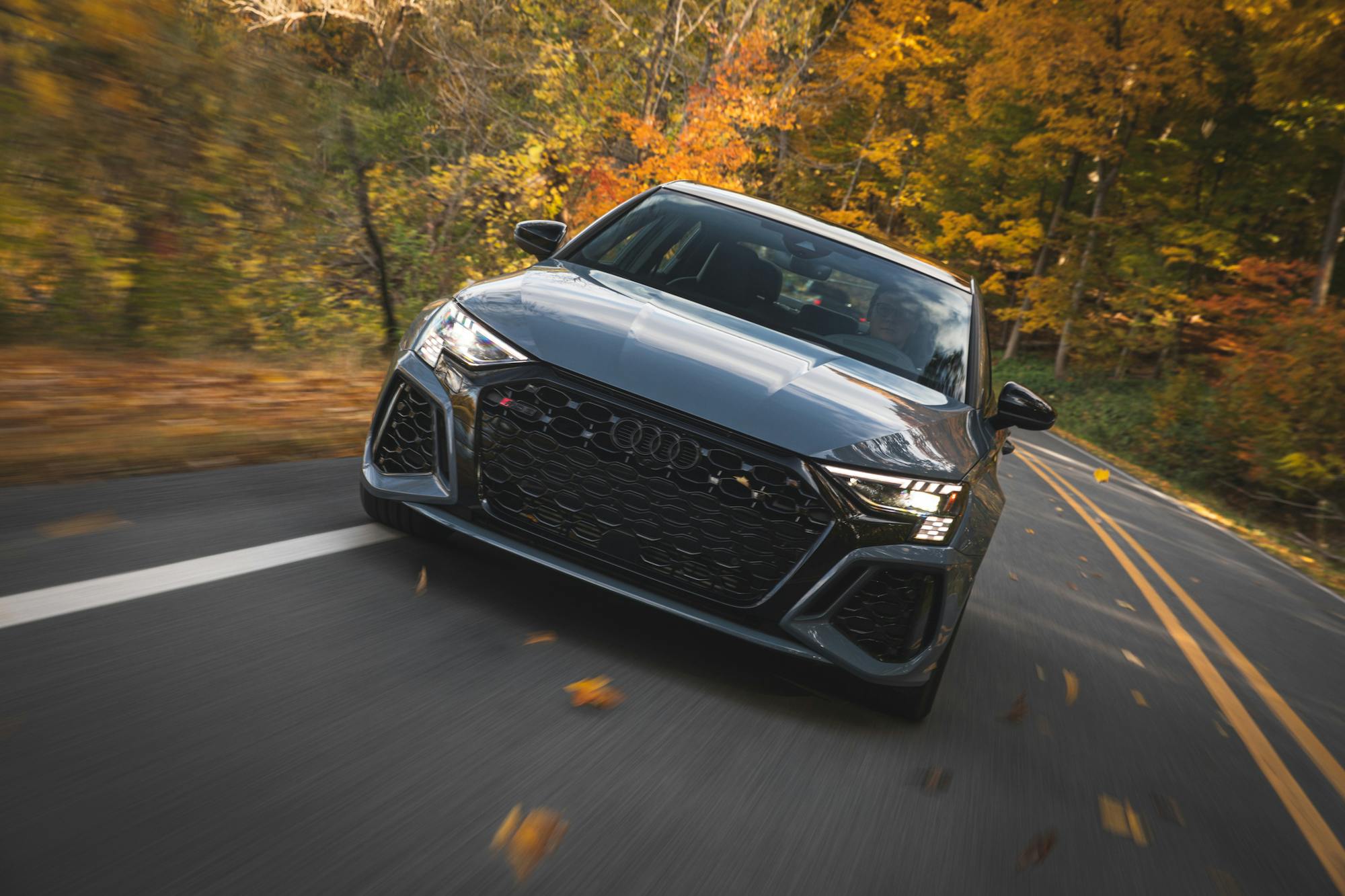
A very well written review.
The car just like all modern vehicles from GM, Toyota, Mercedes, VW. Nissan, BMW, Tesla are so earth shattering ugly and un-remarkable to look at.
Whether its the government mandates on safety, fuel economy and emissions driving this or companies do not want to offend the public, there sure is something to behold a WS6 or an Alfa Romeo GTV6.
Buy an older car. Drive something with style.
Glad you liked the review, Glen. Thanks for reading!
Why not have both? I drive an RS3 and love the visceral feel of this pocket rocket. It’s not my daily driver but I look forward to driving it every single time. Is it ugly? That’s in the eye of the beholder, no?
But when I want my old car fix I hop in a ‘73 Landcrusier I owe and get my fix then. Life is so short. Enjoy whatever you can when you can.
$65,000? For what? Speed and a throaty exhaust sound? I’ll go on a roller coaster for speed , if i want it, and drive home in my 87 MB diesel and listen to throaty coughs and gasps from people inhaling diesel smoke as i pass by.
Not the prettiest Audi, but a very fun car. I wish it was a little less digital on the dash/touch screens and a few more buttons but it’s better than the GTI in that regards. Wonderful 5 cylinder sounds. I still bought a V8.
The current S3/RS3’s cosmetics tilted just a little too far towards the boy-racer aesthetic – ala Civic Type R – in my opinion, but then Audi is probably targeting a younger buyer than the person commenting.
Cosmetics aside however, my 8V S3 is one of the most capable back-roads hustlers I’ve had the pleasure of driving: small, (relatively) light, with mountains of torque, grip, and Oh My God Brakes, the thing will get you into (and out of) trouble faster than you can say “But Officer……”
Oh yeah; all while averaging 30 mpg. It’s a keeper for sure.
Yeah I definitely miss the more reserved styling of the outgoing-gen RS3
I’m sure it’s great to drive, but it’s so damn ugly that I would have to pass. The ridiculously-large grill is gross. I just don’t understand or appreciate that design element. Perhaps it’s to make up for the overall bland-ness of the design. I’ve owned an Audi and a few BMWs pre 2000, and they were acceptably designed IMO. Not gorgeous or sexy, but acceptable. The new crops of all three German nameplates are hideous. Just my two cents.